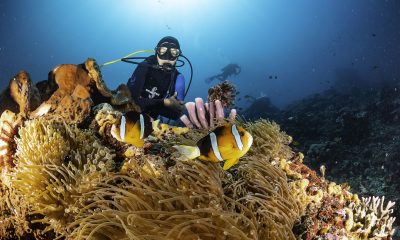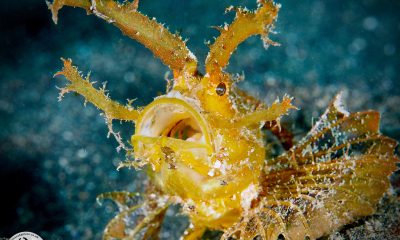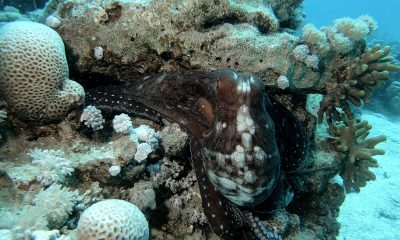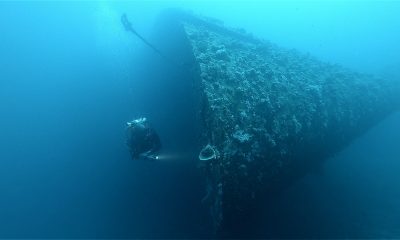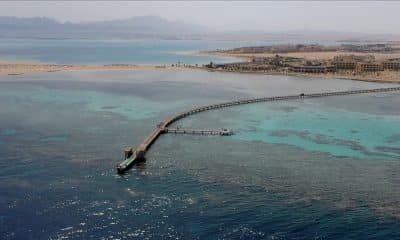News
Dive’n’Drive in the Philippines
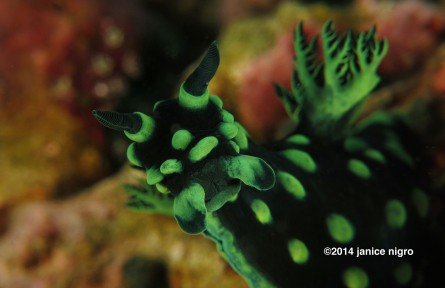
Janice Nigro dives the Visayas in the Philippines on her own terms – and in her own time.
There are a lot of ways to come up with a dive itinerary for a dream destination. The “no plan” kind of a plan is not exactly the typical consideration, especially when you will step off of a plane 7,000 miles from home with a load of dive gear and camera equipment. It is possible though if you want to dive in the Visayas of the Philippines, and not only will you take part in the fantastic diving, but you will also have a chance to experience more of the local culture unedited by another Westerner.
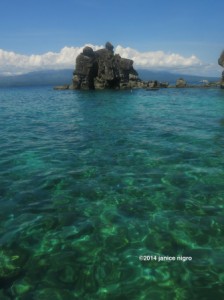 I didn’t have a name for it before I arrived in Cebu City, Cebu, but by the time I left, I knew that my itinerary in development was locally referred to as the dive‘n’drive. The term refers to diving and driving in the Philippines where you can arrive by plane on one main island, but drive to several dive destinations on different islands with the help of ferry transport. It sounds perhaps familiar to divers who have been to Bonaire, for example, but where it differs in the Philippines is that it is both feasible and reasonable to transfer yourself, your gear, and even a car by ferry to a completely new island. Since ferries run daily, it is possible to move to your next destination any day of the week.
I didn’t have a name for it before I arrived in Cebu City, Cebu, but by the time I left, I knew that my itinerary in development was locally referred to as the dive‘n’drive. The term refers to diving and driving in the Philippines where you can arrive by plane on one main island, but drive to several dive destinations on different islands with the help of ferry transport. It sounds perhaps familiar to divers who have been to Bonaire, for example, but where it differs in the Philippines is that it is both feasible and reasonable to transfer yourself, your gear, and even a car by ferry to a completely new island. Since ferries run daily, it is possible to move to your next destination any day of the week.
The dive‘n’drive is perhaps a different version of the liveaboard experience, but one that you are entirely in control of. You can leave one place for another, or not leave at all. You have the chance to mingle outside of a boat and eat the kind of food that you want each day. Most importantly, you have a chance to participate more directly in the local culture, like browse around a local market or have a ride in a brilliantly painted jitney that says “Jesus loves you” on it. The beauty of the dive’n’drive is that it is a work in progress and all the while you can adjust the plan based on the diving, the weather, and whomever you are with. It is for a group, or for one, or for one that becomes a group.
On your travel days, you can be diving either before you leave one destination or upon arrival to the second. When I left Dauin, Negros for Panglao Island, Bohol, I had the entire morning to dive in Dauin because the ferry was leaving at 15:30. When I arrived at Panglao Island, I got to say that my last day of diving was “this morning”.
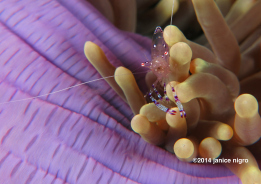 Admittedly though, I had some inside help. This part I did plan. My connection in the Philippines (Alex) was a relative of some Filipino friends living in the USA. He was also a diver so I had a local dive expert as well as chauffeur/companion/travel agent. The first day was a drive across Cebu from east to west to Moalboal through some spectacular scenery. We stopped to eat locally made rice cakes in banana leaves, and then my new friends left me alone in Moalboal with a third new friend, Bo, who was from a Filipino family famous for diving. If I had planned the trip, it could not have worked out better.
Admittedly though, I had some inside help. This part I did plan. My connection in the Philippines (Alex) was a relative of some Filipino friends living in the USA. He was also a diver so I had a local dive expert as well as chauffeur/companion/travel agent. The first day was a drive across Cebu from east to west to Moalboal through some spectacular scenery. We stopped to eat locally made rice cakes in banana leaves, and then my new friends left me alone in Moalboal with a third new friend, Bo, who was from a Filipino family famous for diving. If I had planned the trip, it could not have worked out better.
 I had 21 days. Malapascua Island was on the mend after the typhoon, but Bo steered me away from there, as resorts were only marginally operational in January of 2014. Based on the weather and options available to me at the moment in the Visayas, he suggested a three-stop dive adventure which was also a three island adventure (actually more): Moalboal, Cebu; Dauin, Negros; and Panglao Island, Bohol. This plan sounded great to me and while the details were a bit vague, somehow it would work out in the way that island adventures usually do (barring all natural disasters which the Philippines had had enough of in the recent months).
I had 21 days. Malapascua Island was on the mend after the typhoon, but Bo steered me away from there, as resorts were only marginally operational in January of 2014. Based on the weather and options available to me at the moment in the Visayas, he suggested a three-stop dive adventure which was also a three island adventure (actually more): Moalboal, Cebu; Dauin, Negros; and Panglao Island, Bohol. This plan sounded great to me and while the details were a bit vague, somehow it would work out in the way that island adventures usually do (barring all natural disasters which the Philippines had had enough of in the recent months).
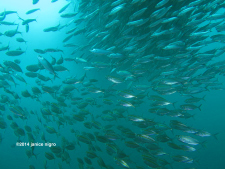 I had close to 600 dives at this point including temperate water dives (even Tasmania!). I was not necessarily expecting novel underwater experiences, just the “usual”. But you never know until you hit the water. The highlight of Moalboal in January 2014 was a sardine ball, which remarkably was only about 30 meters from shore rather than out in the deep blue. An amazing display of synchronized swimming. Macro life was prolific on every island. You can sometimes be jaded and say, “oh, I have seen this one before,” except for example, on Apo Island near Negros, where the nudibranchs were no longer macro subjects. It was as if the marine reserve was off limits even to predators of nudibranchs or they simply taste not so great.
I had close to 600 dives at this point including temperate water dives (even Tasmania!). I was not necessarily expecting novel underwater experiences, just the “usual”. But you never know until you hit the water. The highlight of Moalboal in January 2014 was a sardine ball, which remarkably was only about 30 meters from shore rather than out in the deep blue. An amazing display of synchronized swimming. Macro life was prolific on every island. You can sometimes be jaded and say, “oh, I have seen this one before,” except for example, on Apo Island near Negros, where the nudibranchs were no longer macro subjects. It was as if the marine reserve was off limits even to predators of nudibranchs or they simply taste not so great.
The diving routine was similar in Moalboal and Panglao Island in that it was a short boat ride to a dive site, a backward roll into a hard coral garden, swim a bit to the drop off, and descend along a wall. In all three places, there were other smaller islands to visit: Pescador Island, Moalboal; Apo Island, Dauin; and Balicasag, Bohol.
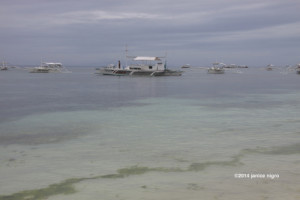
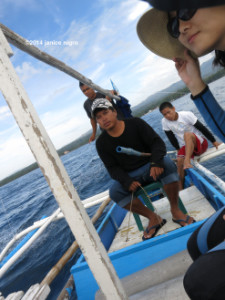 There were amazing surprises. I thought I was having such a big adventure on my own…and then, I found myself in an 8-person capacity banca crossing over to Apo Island on my first dive day in Dauin. It was the one adventure that I have to say that if I had known what the situation was before I arrived that morning for the dive, I never would have agreed to it. Once I was at the boat, I thought that it would be all right because Filipinos crossed to other islands probably for centuries in these boats, and ours had an engine. Although I had to wonder when after the second dive, the trip was cut short because of the possibility of a minor typhoon.
There were amazing surprises. I thought I was having such a big adventure on my own…and then, I found myself in an 8-person capacity banca crossing over to Apo Island on my first dive day in Dauin. It was the one adventure that I have to say that if I had known what the situation was before I arrived that morning for the dive, I never would have agreed to it. Once I was at the boat, I thought that it would be all right because Filipinos crossed to other islands probably for centuries in these boats, and ours had an engine. Although I had to wonder when after the second dive, the trip was cut short because of the possibility of a minor typhoon.
 Dauin was different than Moalboal and Panglao Island because the immediate area is a muck diving paradise. At Car Wreck, my official first muck dive in the Philippines, there were breeding cardinal fish – lots of them. It is an amazing behavior to witness because their mouths are stuffed full with their eggs, as if they have eaten too much banana and might throw up. Occasionally they will “burp” and a couple eggs will drop out, but otherwise, they swim around like this until the babies hatch. And during those magic last minutes of daylight, we peered at mating pairs of mandarin fish shedding clouds of their gametes on the house reef in Moalboal.
Dauin was different than Moalboal and Panglao Island because the immediate area is a muck diving paradise. At Car Wreck, my official first muck dive in the Philippines, there were breeding cardinal fish – lots of them. It is an amazing behavior to witness because their mouths are stuffed full with their eggs, as if they have eaten too much banana and might throw up. Occasionally they will “burp” and a couple eggs will drop out, but otherwise, they swim around like this until the babies hatch. And during those magic last minutes of daylight, we peered at mating pairs of mandarin fish shedding clouds of their gametes on the house reef in Moalboal.
 The Dauin dives were really a macro photographers dream. All sorts of critters were living on ropes and the other odd bits of metal deposited at different sites as artificial reef. At first glance, you would have thought it was an underwater desert, but there were incredible creatures to find if you had a Don Don or a Gardo as your guide. The dives at Dauin were similar, sloping brown sandy with tiny coral bommies. Each day we went to three new sites along the coast and then spent an exhaustive hour moving from one micro-habitat to the next, exposing unique creatures. What I did not expect was to find a field of anemones. Dauin South was a magical site for me because I was surrounded by anemones – green columns, red columns, white columns, polka-dots, open or closed – and they were covered with small cleaner shrimp.
The Dauin dives were really a macro photographers dream. All sorts of critters were living on ropes and the other odd bits of metal deposited at different sites as artificial reef. At first glance, you would have thought it was an underwater desert, but there were incredible creatures to find if you had a Don Don or a Gardo as your guide. The dives at Dauin were similar, sloping brown sandy with tiny coral bommies. Each day we went to three new sites along the coast and then spent an exhaustive hour moving from one micro-habitat to the next, exposing unique creatures. What I did not expect was to find a field of anemones. Dauin South was a magical site for me because I was surrounded by anemones – green columns, red columns, white columns, polka-dots, open or closed – and they were covered with small cleaner shrimp.
 One twist to the dive ‘n’ drive was that a dive site for whale sharks, Oslob, on the southern end of Cebu, was actually easier to reach by the dive boat from Dauin, which is on Negros. Another diver had warned me ahead of time, that while I would certainly see a whale shark, it would not be with the same kind of excitement as with a spontaneous sighting. I took the opportunity anyway, and in the end, I am not sure I would recommend it. It felt a bit like a circus, and it might not actually be good for the whale sharks. I have to admit, however, that to see this dark shadow slowly turn into a giant fish looming directly over me was awesome.
One twist to the dive ‘n’ drive was that a dive site for whale sharks, Oslob, on the southern end of Cebu, was actually easier to reach by the dive boat from Dauin, which is on Negros. Another diver had warned me ahead of time, that while I would certainly see a whale shark, it would not be with the same kind of excitement as with a spontaneous sighting. I took the opportunity anyway, and in the end, I am not sure I would recommend it. It felt a bit like a circus, and it might not actually be good for the whale sharks. I have to admit, however, that to see this dark shadow slowly turn into a giant fish looming directly over me was awesome.
Ultimately though, I found the other islands to be a distraction at Dauin; Dauin itself deserved at least another three to four days just to focus on the muck dives.
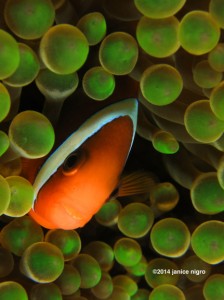 I can’t really say that it is exactly one thing or another that makes a good diving trip great. It is some kind of combination of the reef life and the people and culture, and not necessarily in that order. I have been to great places for diving but not connected with the vibe of the resort or boat. But with guides like Bam Bam, Bismark, Don Don, Belyong, Jaguar (guess if you are choosing wildlife better to be Jaguar than pygmy something or other from underwater)… So my time seemed as if it was up pretty quickly. On top of it, the dives were so relaxing in all of the places, that I was taking some of my best underwater photos. And therefore, I will leave it to my photos as the ultimate proof for the remarkable diversity in the Visayas.
I can’t really say that it is exactly one thing or another that makes a good diving trip great. It is some kind of combination of the reef life and the people and culture, and not necessarily in that order. I have been to great places for diving but not connected with the vibe of the resort or boat. But with guides like Bam Bam, Bismark, Don Don, Belyong, Jaguar (guess if you are choosing wildlife better to be Jaguar than pygmy something or other from underwater)… So my time seemed as if it was up pretty quickly. On top of it, the dives were so relaxing in all of the places, that I was taking some of my best underwater photos. And therefore, I will leave it to my photos as the ultimate proof for the remarkable diversity in the Visayas.
Travel tips/details: Love’s Lodge, Panagsama Beach, Moalboal, Philippines; El Dorado Beach Resort, Dauin, Negros; Oasis Resort, Panglao Island, Bohol
Blogs
Join Pharaoh Dive Club for Red Sea Splash Family Summer Camp in August 2024
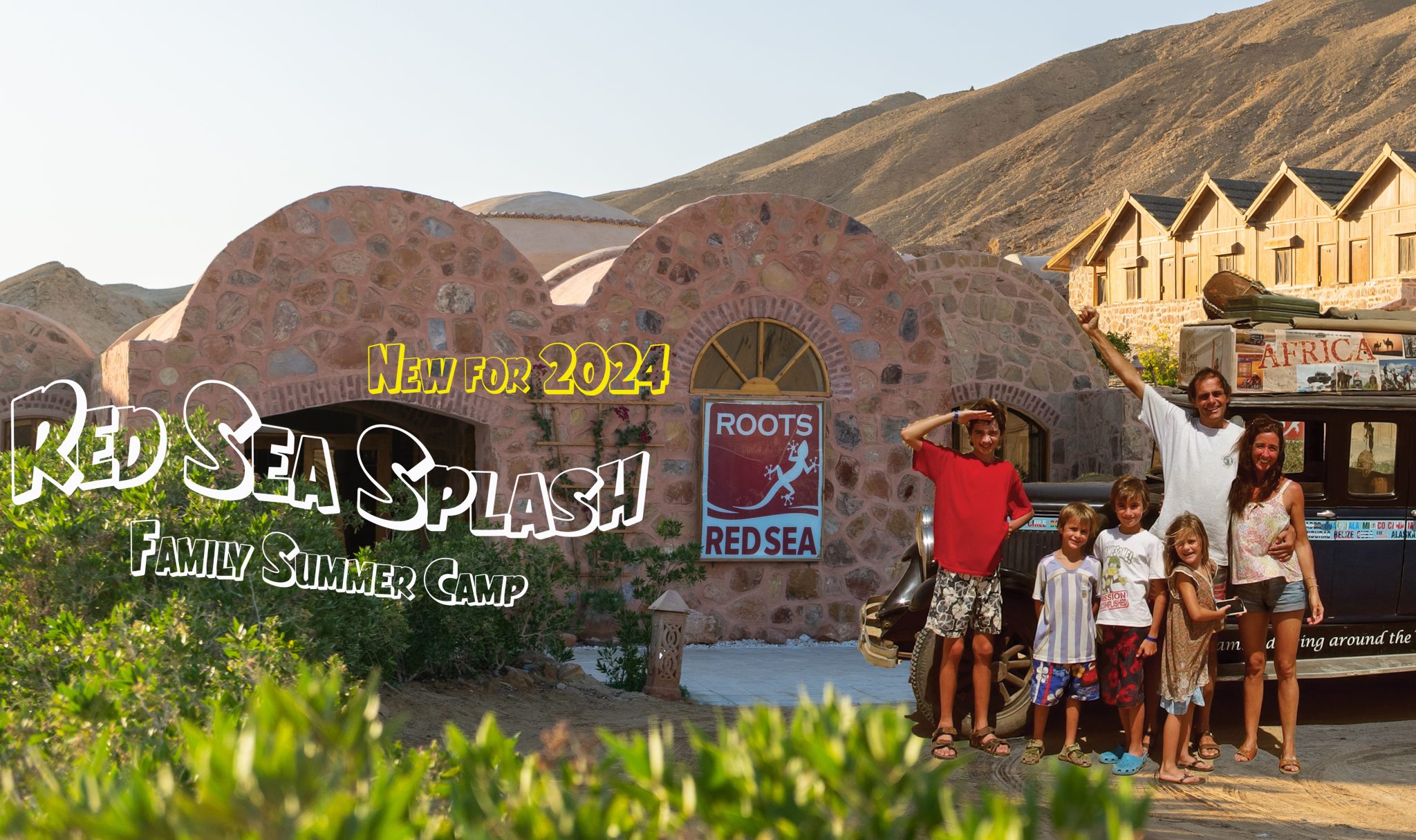
3rd AUGUST 2024 – 1 or 2 WEEK PROGRAMMES
Daily water programme with Snorkelling & Scuba Diving.
Beginners or qualified, something for all.
Leave the kids with the Splash Team for days of Excitement, Fun & Adventure!
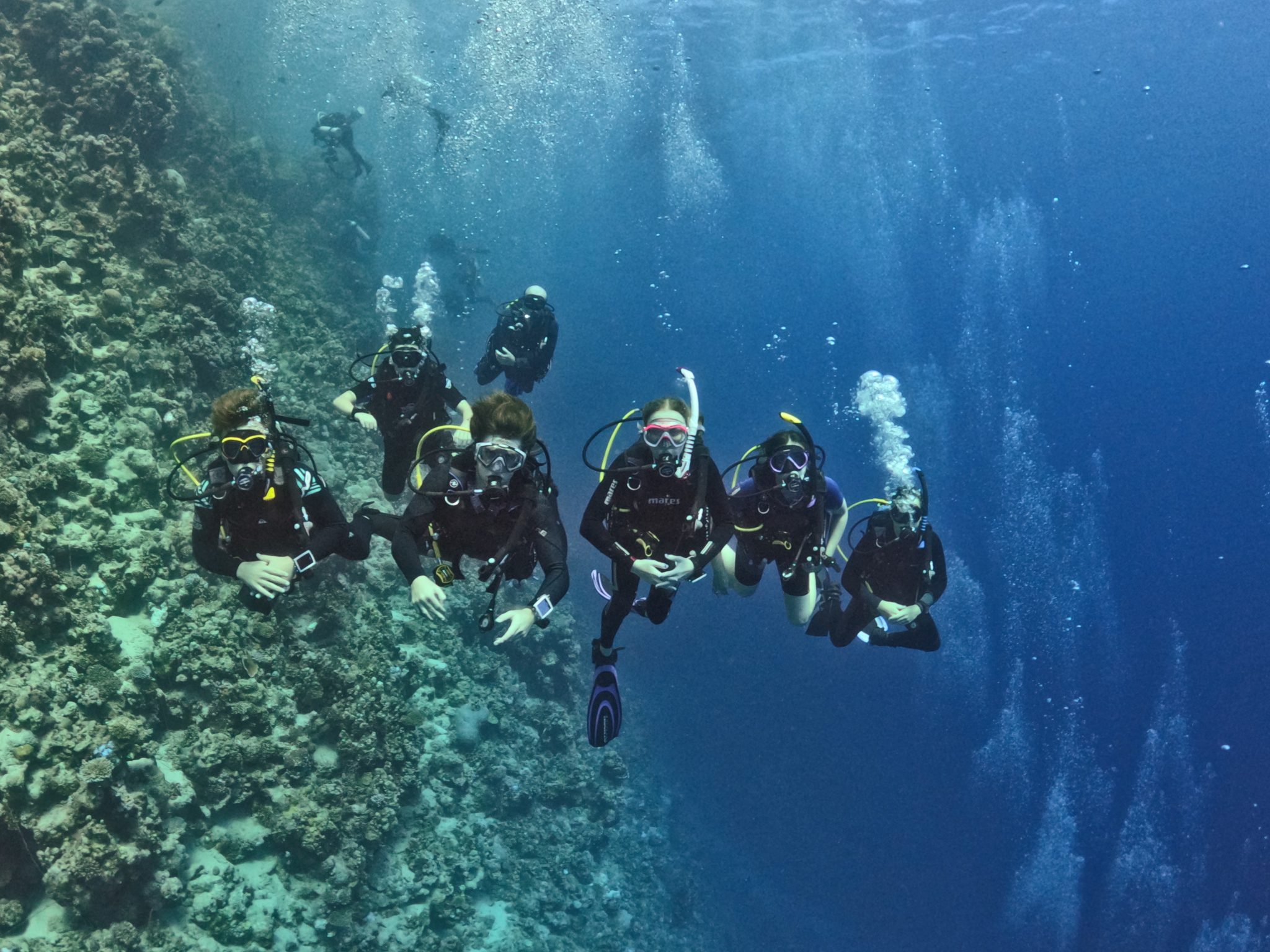
BOOK NOW: INFO@PHARAOHDIVECLUB.COM / TEL: +44 7598 329059 or +20 100 6822000
There are various options for accommodation with options for 2, 3, 4 or 5 guests.
Eco Huts provide accommodation for families of up to 4. The best option to enhance the adventure and closest to camping with basic facilities. For August we will provide central air cooling for all the Eco Huts.
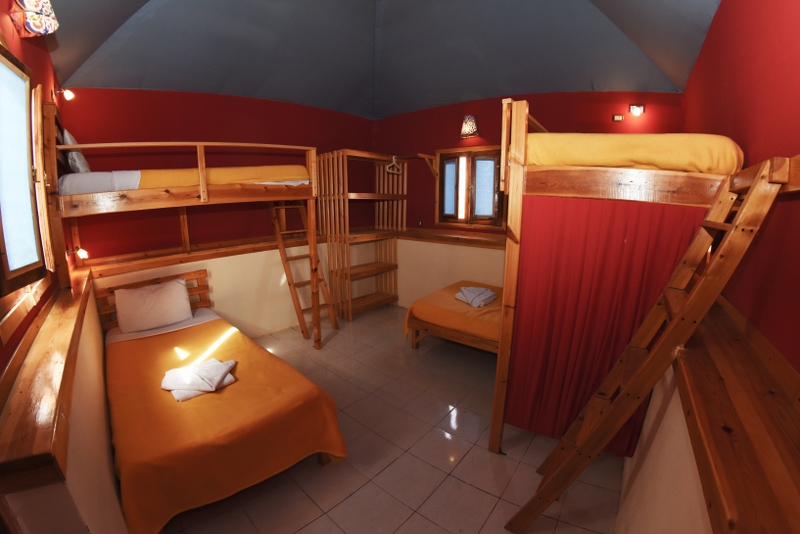
Deluxe Chalets are only suitable for 2 guests. Fully air conditioned rooms with private bathroom and other facilities.
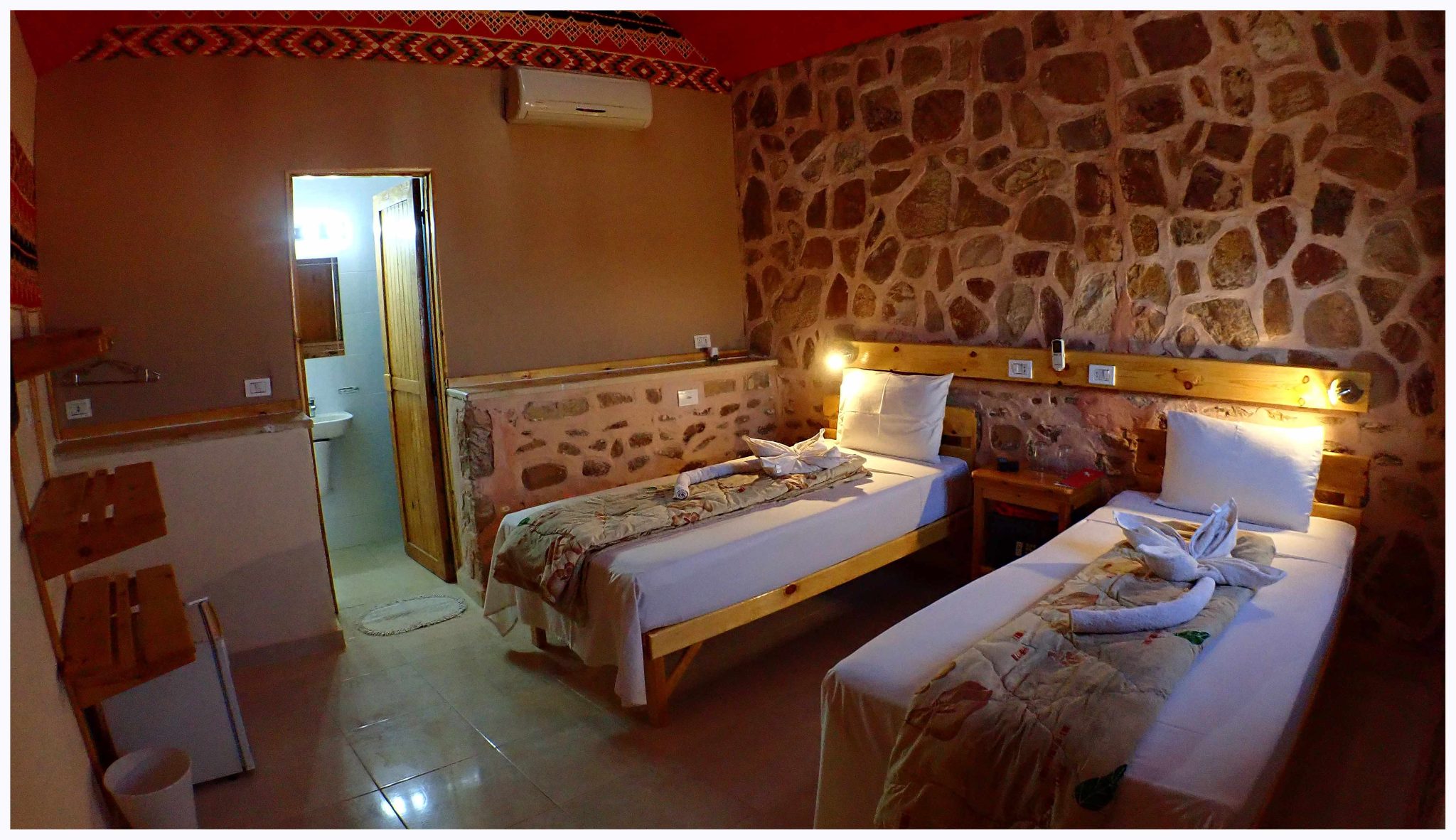
Boutique Rooms are available for families of up to 5.
Individual bespoke rooms fully air conditioned with private bathroom and other facilities.
Eco Huts: £675 per adult / £425 per child / Under 8 FREE of charge
Deluxe Chalet: £830 per adult / £505 per child / Under 8 FREE of charge
Boutique Room: £925 per adult / £550 per child / Under 8 FREE of charge
BOOK NOW: INFO@PHARAOHDIVECLUB.COM / TEL: +44 7598 329059 or +20 100 6822000
This is a truly unique opportunity to have a Family Desert Adventure totally away from it all! You will be based at the remote Roots Red Sea on the coast of the Egyptian Eastern Desert, 140km south of Hurghada city.
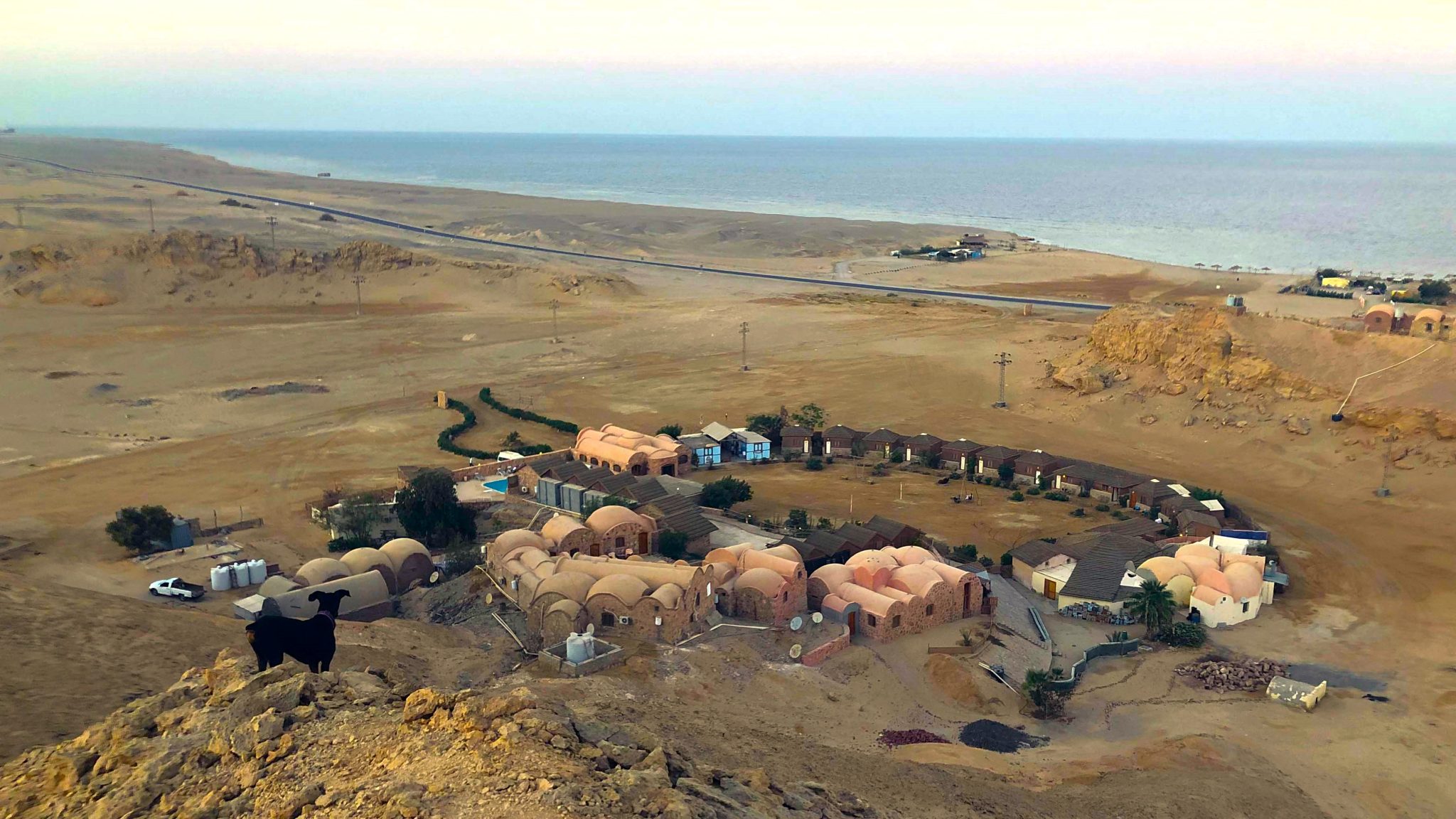
Red Sea Splash main focus is Snorkelling & Scuba Diving but that’s not all, we provide a rounded week of activities in support.
Pool& Field Games – Arts & Crafts
Marine Biology Workshops
Cultural Activities – Orienteering Adventures
Roots Red Sea have established strong links with the local communities of Hamerwain & El Quseir affording our guests to have a true taste of the local culture, SPLASH CAMP embraces this opportunity and bring in the local children to join in the fun with our adventure seekers.
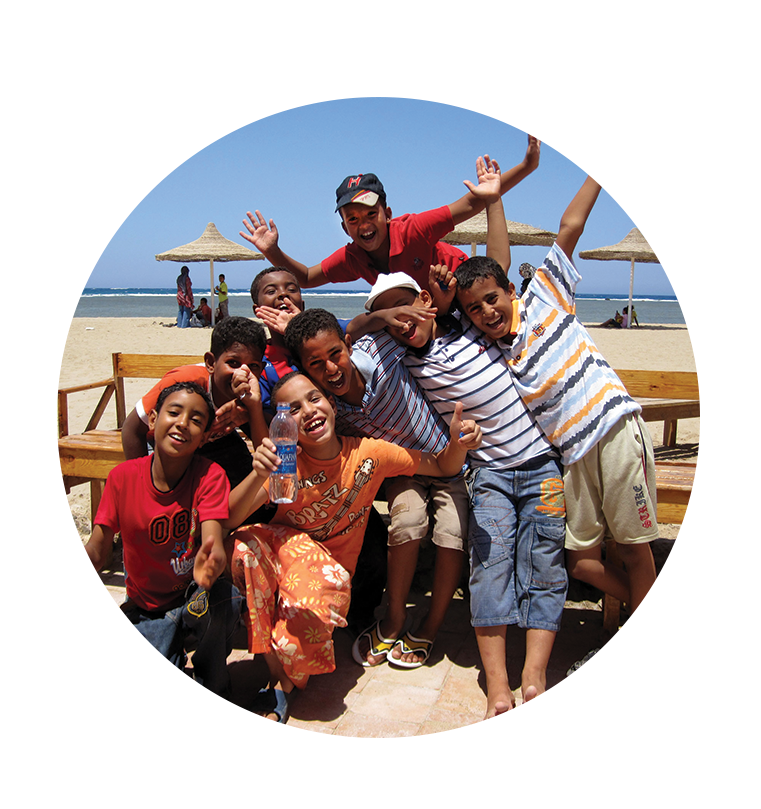
During the day, families are welcome to take part in all activities together or the kids can be left with the SPLASH CAMP team while the parents enjoy the facilities or go diving themselves!
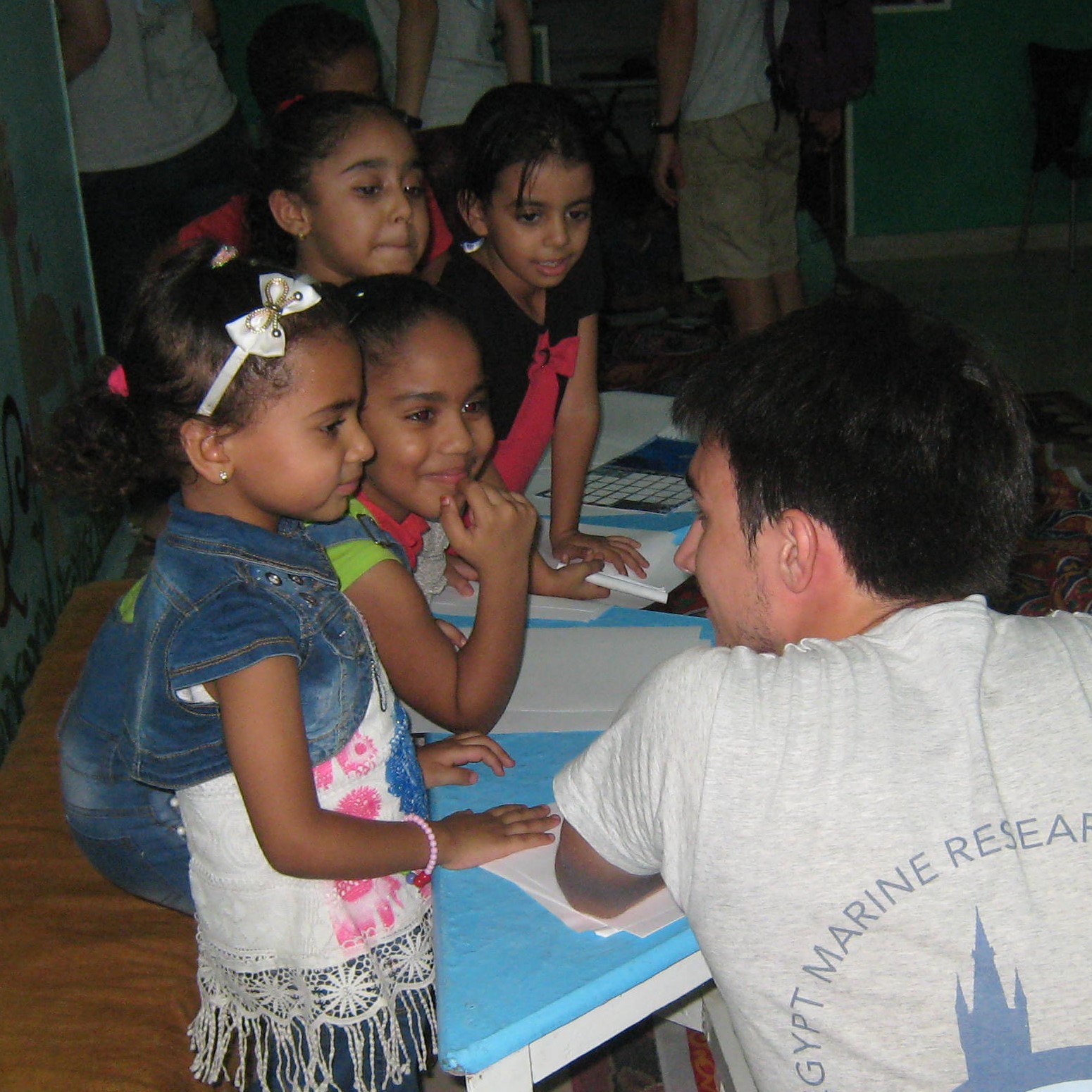
At the end of the day, its family time while the SPLASH CAMP team take a break. For those with the energy, there are family evening activities planned a few evenings.
Open Air Movie Night – Desert Star Gazing Walk & Talk
El Quseir Evening City Tour
The second week is very special, we head off on the Big Blue for a liveaboard safari around Fury Shoals.
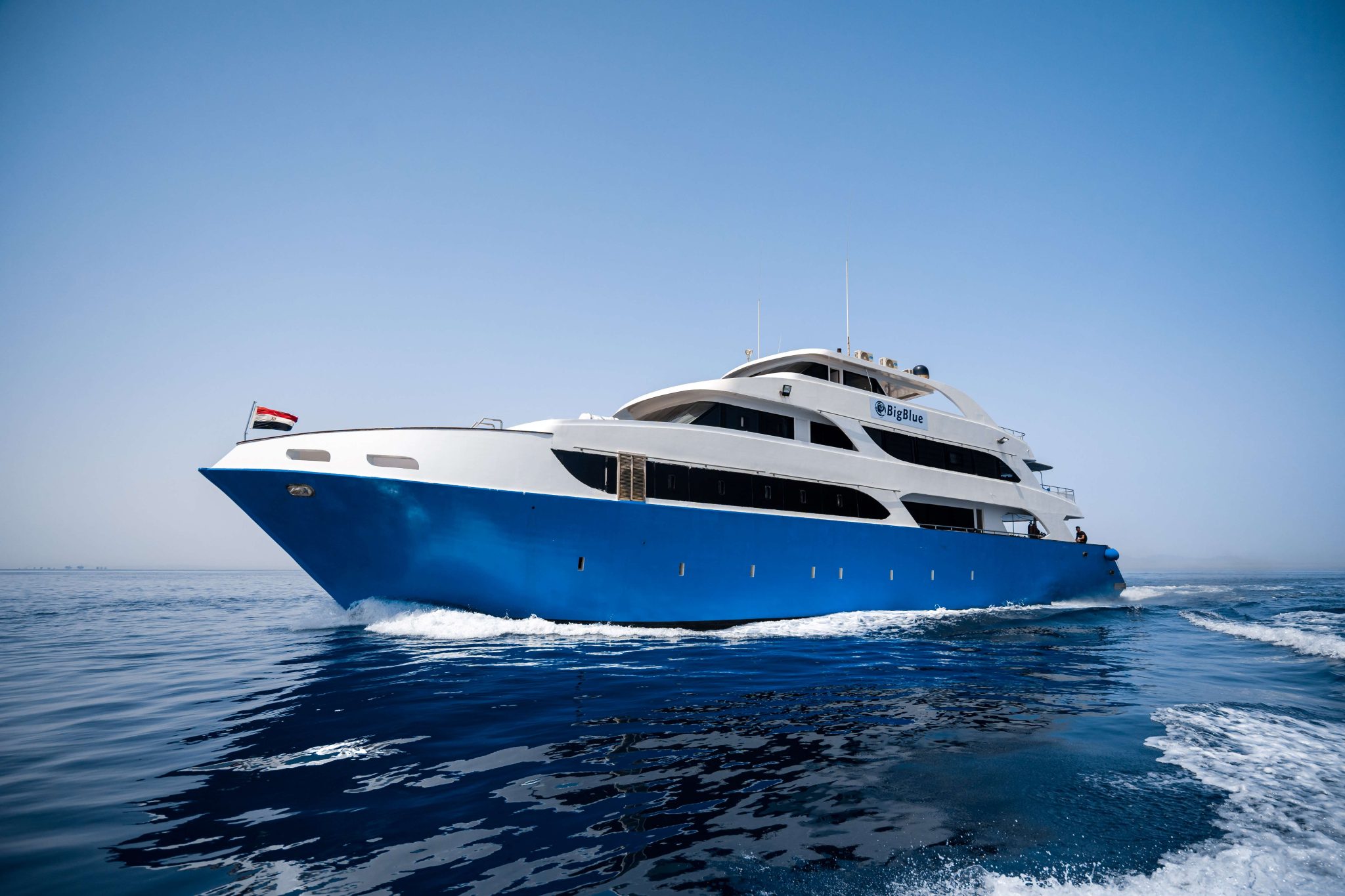
BOOK NOW: INFO@PHARAOHDIVECLUB.COM / TEL: +44 7598 329059 or +20 100 6822000
U-8 Splash Club
Sadly we can’t offer Scuba Diving to the Splash Club but we can have lots of fun Snorkelling & Free Diving!
Splash Club includes:
Certified Snorkel Course – Marine ID Games – Intro to Free Diving
Arts & Craft Sessions – Adventure trails – Cultural Playtime – Pool Games
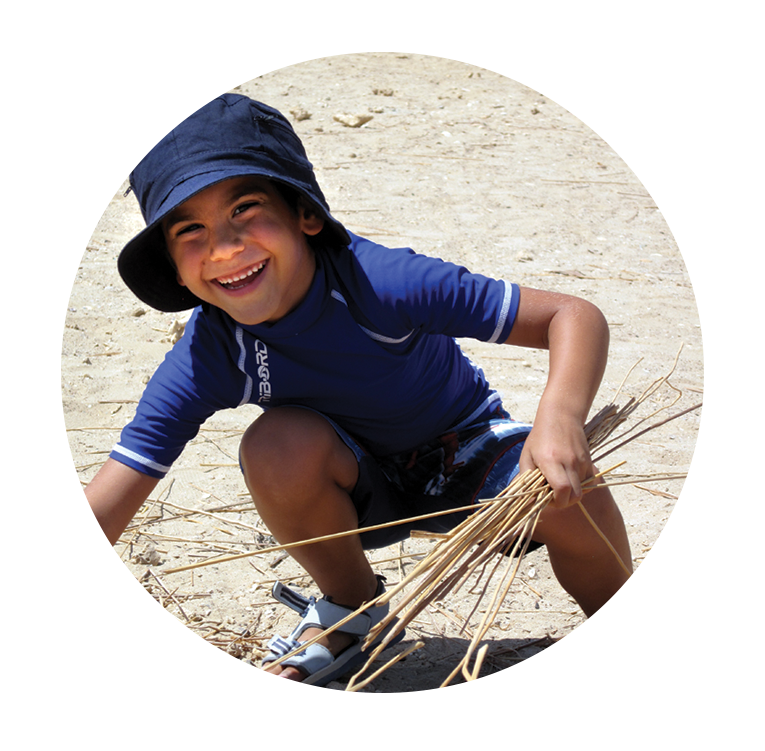
U-12 Explorer Club
In addition to an exciting snorkelling and Free Diving Programme in the Splash Club we can take you under the water on SCUBA to a whole new world of fun and wonder. If you are under 10 your first breath under water will be as a Bubblemaker and continue with daily Seal Team Missions. From 10 we will complete a Discover Scuba Diving experience in the amazing Red Sea. Alternatively we offer a full junior certification programme to become an international qualified Scuba Diver.
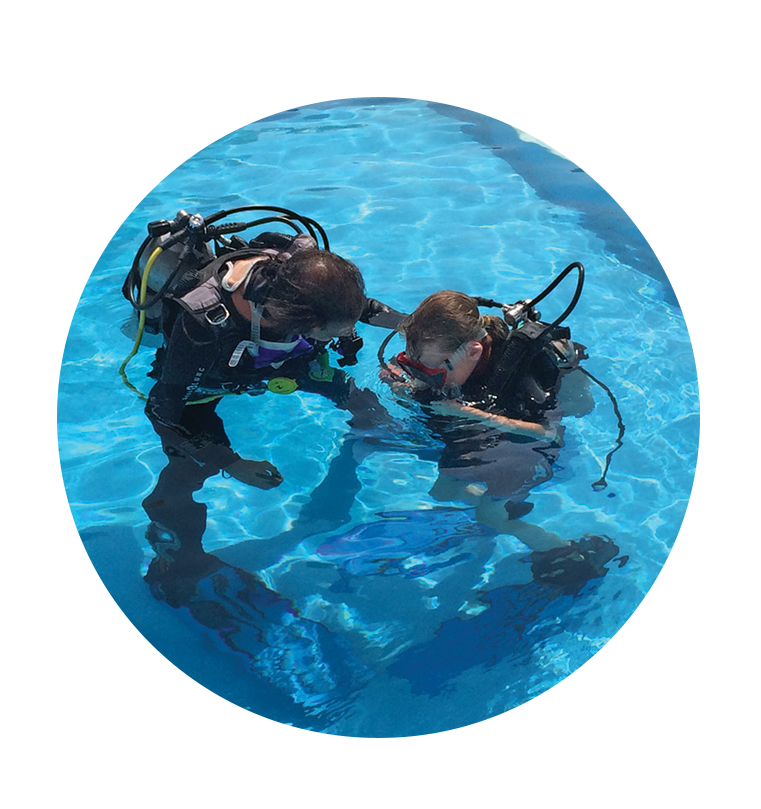
U-16 Adventurer Club
For qualified Scuba Divers regardless of age it’s the Adventurer Club and exploration of the local reefs and marine life. There will be 2 dives every day with the Open Ocean marine field station team who will introduce you to Red Sea marine life and workshops on marine research. Alternatively there are opportunities to continue your scuba diving certifications with our instructional team.

Parents are welcome to join the club activities and join the courses.
BOOK NOW: INFO@PHARAOHDIVECLUB.COM / TEL: +44 7598 329059 or +20 100 6822000
Big Blue might seem like the new kid on the block, but the team behind the highly acclaimed liveaboard is far from that. They have been running Red Sea safaris since the late 1980’s and were in fact part of the early pioneers who ventured out to the unknown on vessels that in today’s world, really shouldn’t have left the harbour! It’s that experience and the years of operating the award-winning Roots Red Sea resort which truly set Big Blue apart from the crowd!
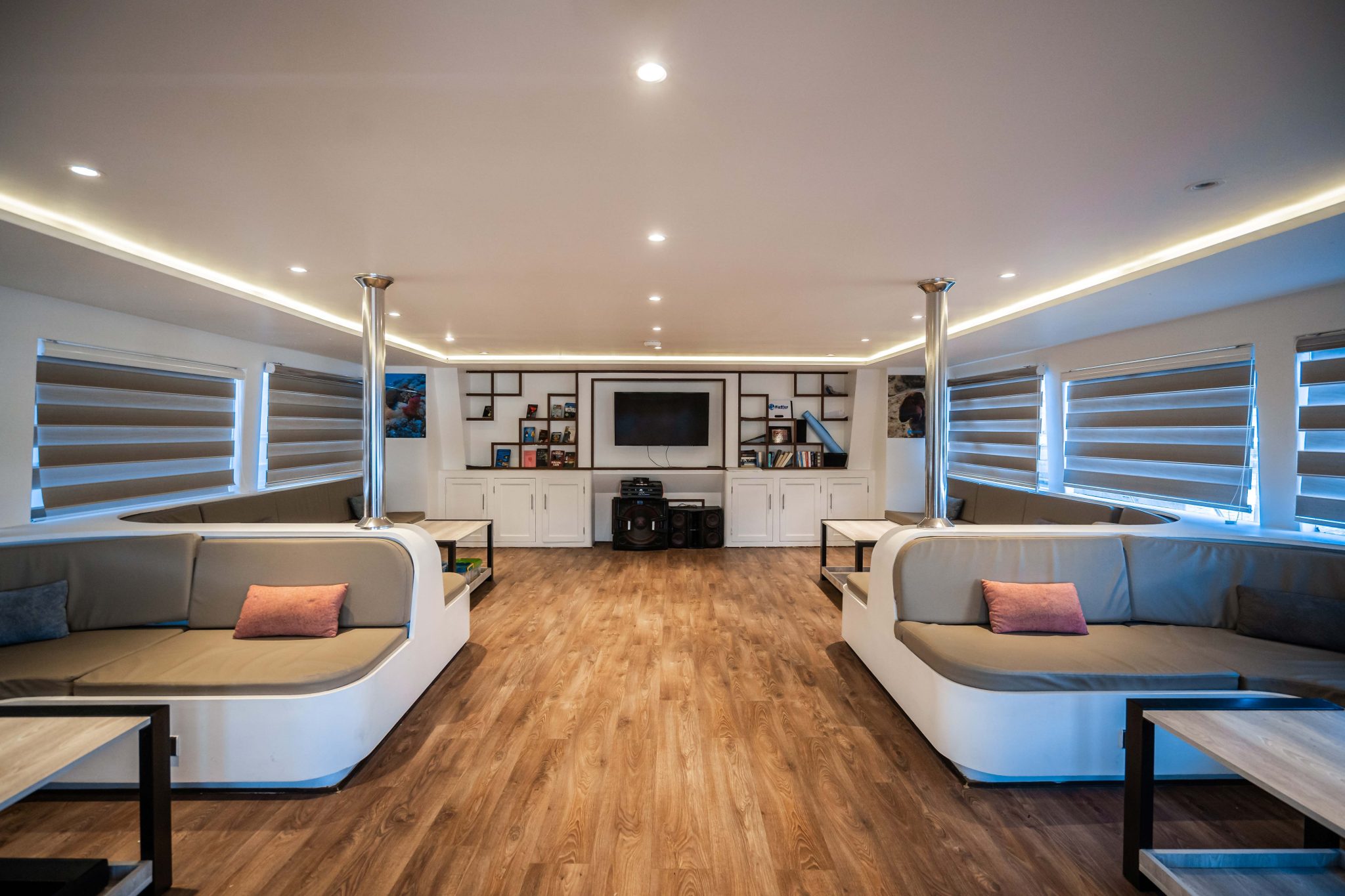
Large lounge area, spacious sun deck and terrace deck.
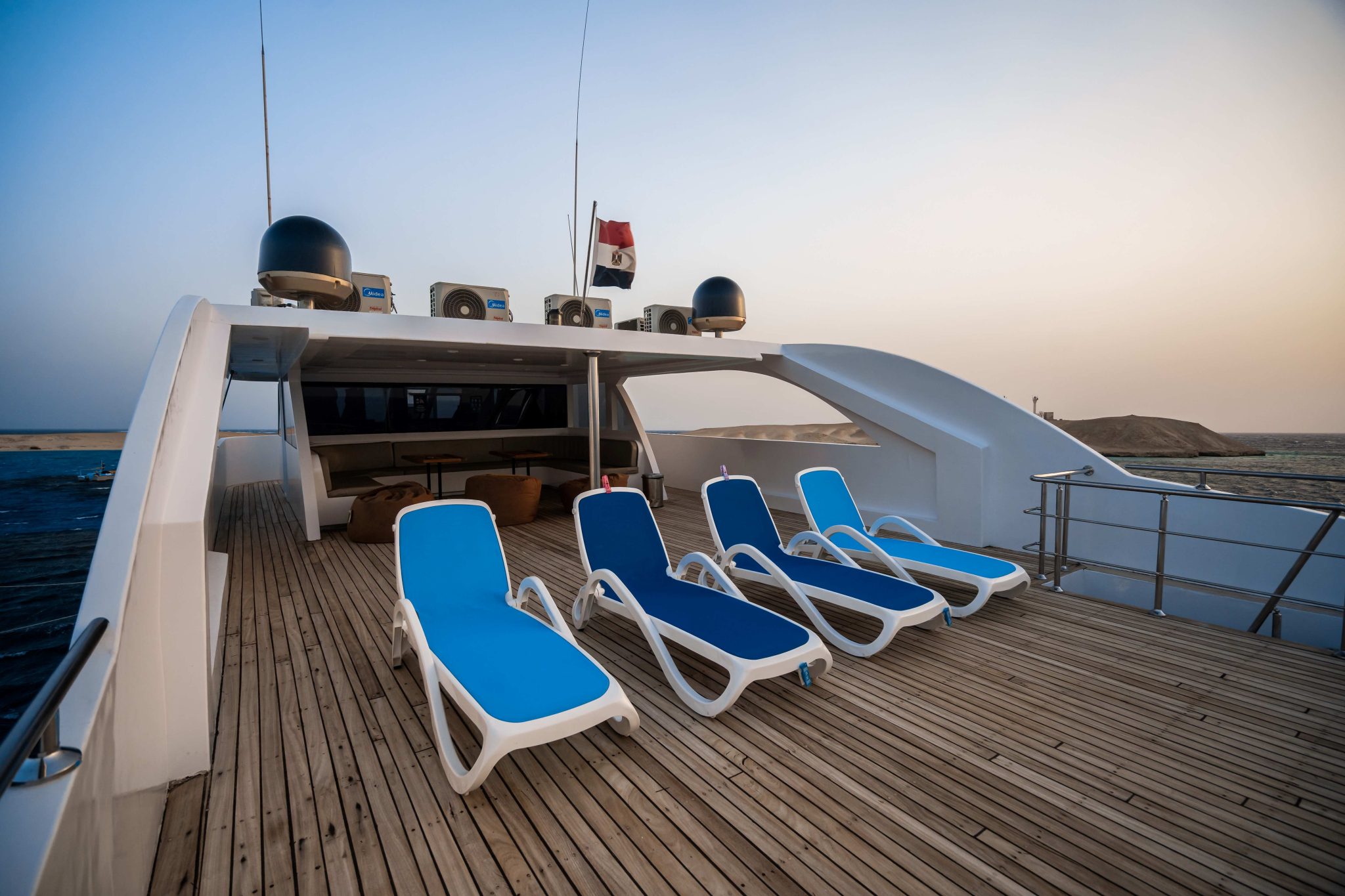
Airy restaurant with five tables with up to six chairs per table, serving a varied and delicious menu with special dietary requirements catered for.
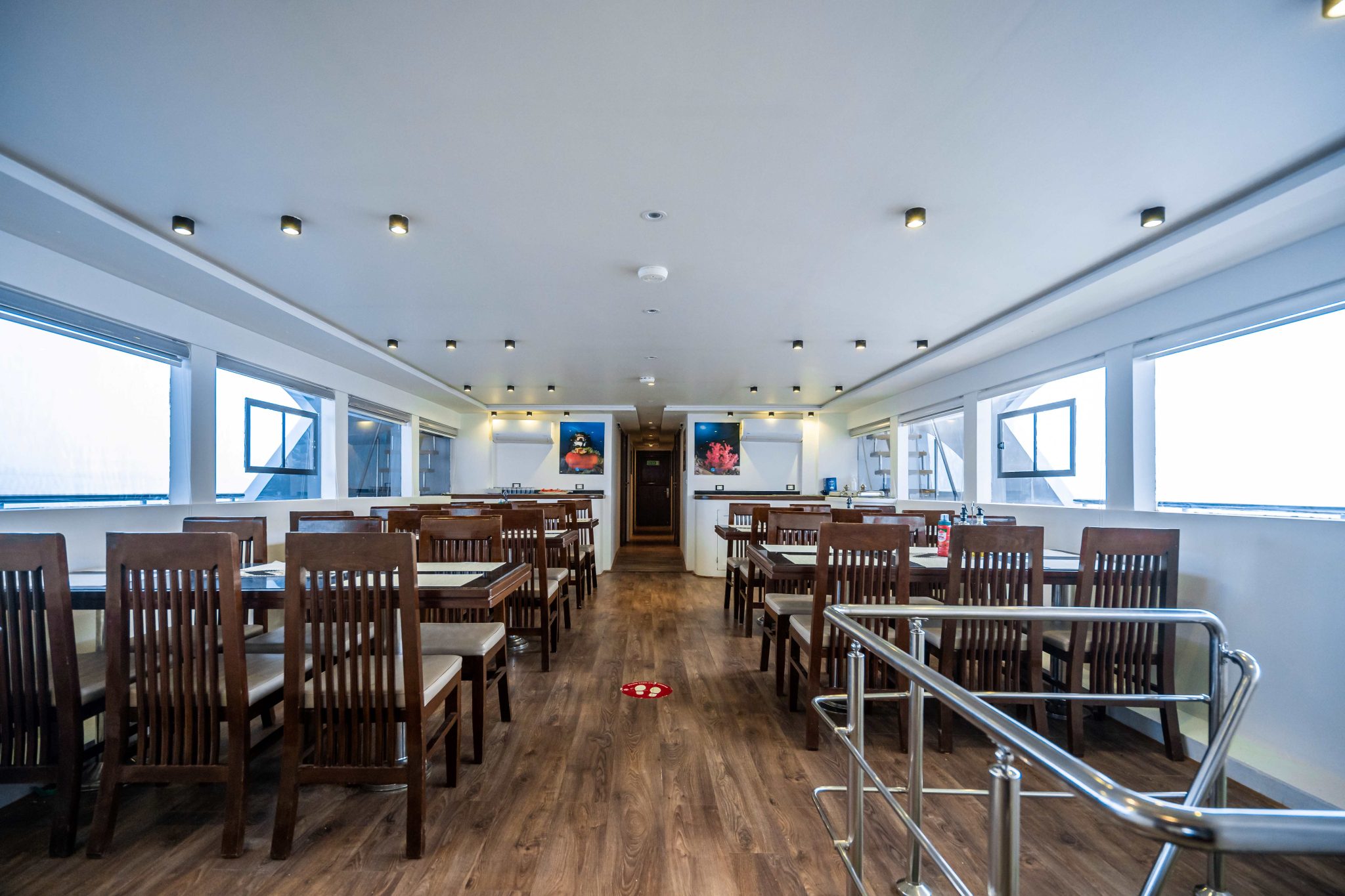
The spacious cabins have side by side beds and a large walk in wet bathroom.
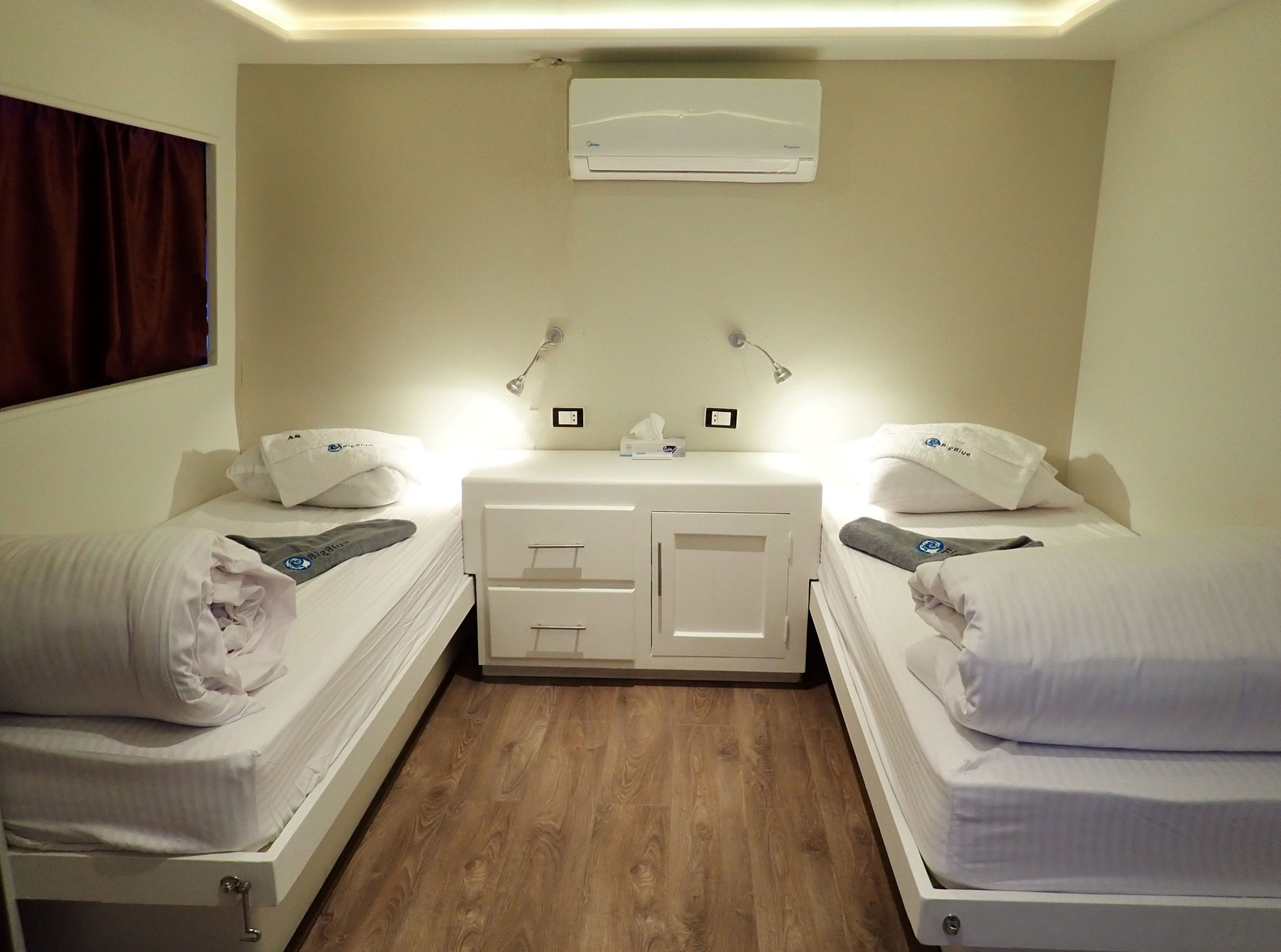
Ample dive deck for divers & snorkelers.
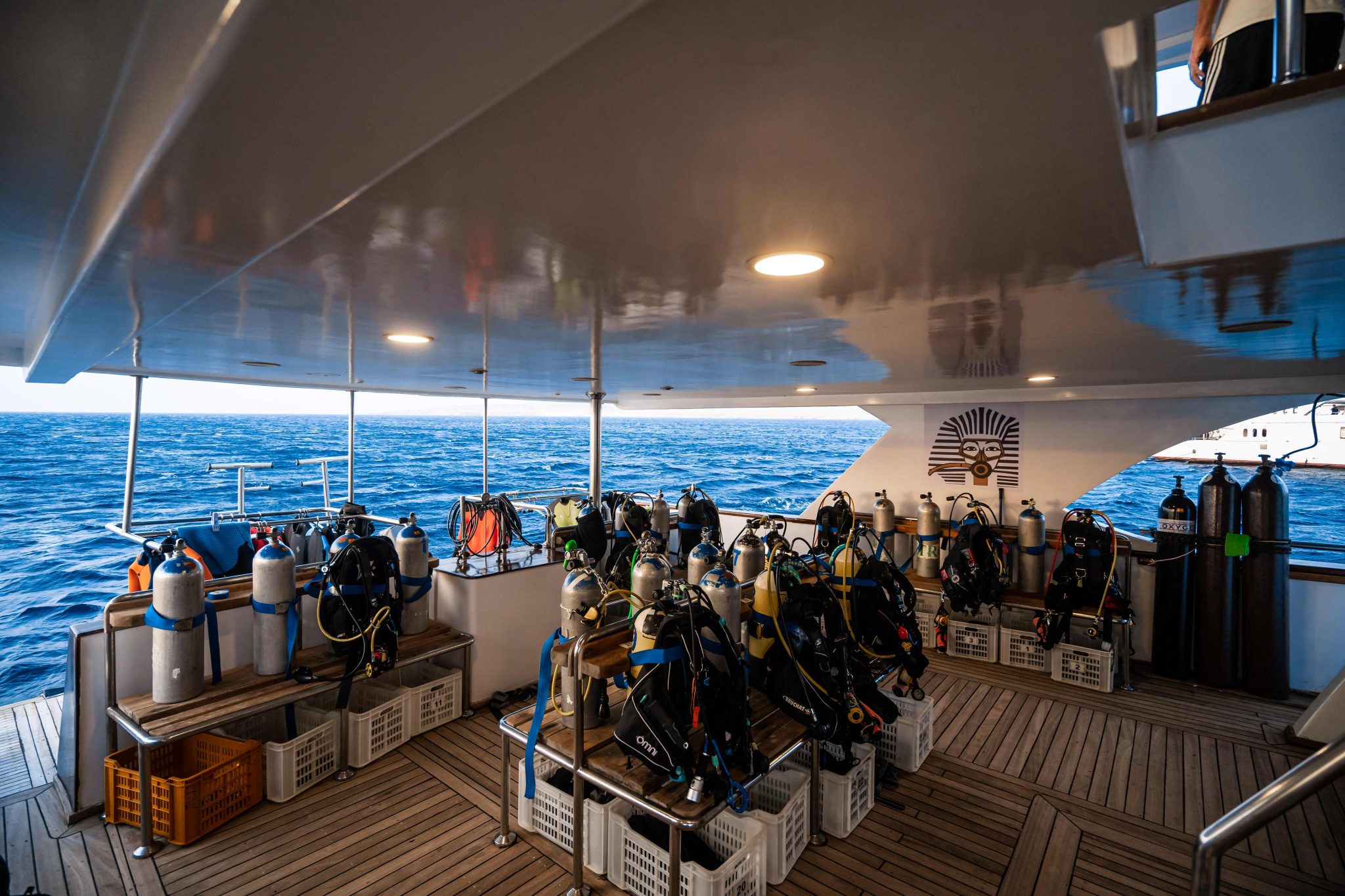
Safety is everyone’s priority, whether you are relaxing on board, swimming, snorkelling or diving.
On board Big Blue is fitted with smoke alarms, emergency lighting and a fire alarm system. The lower corridor has a full-size door fire exit at the bow and open stairs to the stern. There are evacuation plans in each room along with life jackets, glass breaker tool and a fire extinguisher.
BOOK NOW: INFO@PHARAOHDIVECLUB.COM / TEL: +44 7598 329059 or +20 100 6822000
Red Sea Splash at Fury Shoals is a very rare opportunity to get involved with marine biology expedition for children and adults. Open Ocean biologists are on board to provide fascinating and entertaining facts about the marine life you will see. The team will provide workshops on marine life identification and survey methods both of which, should you wish, you will have the chance to put into practice during your safari.
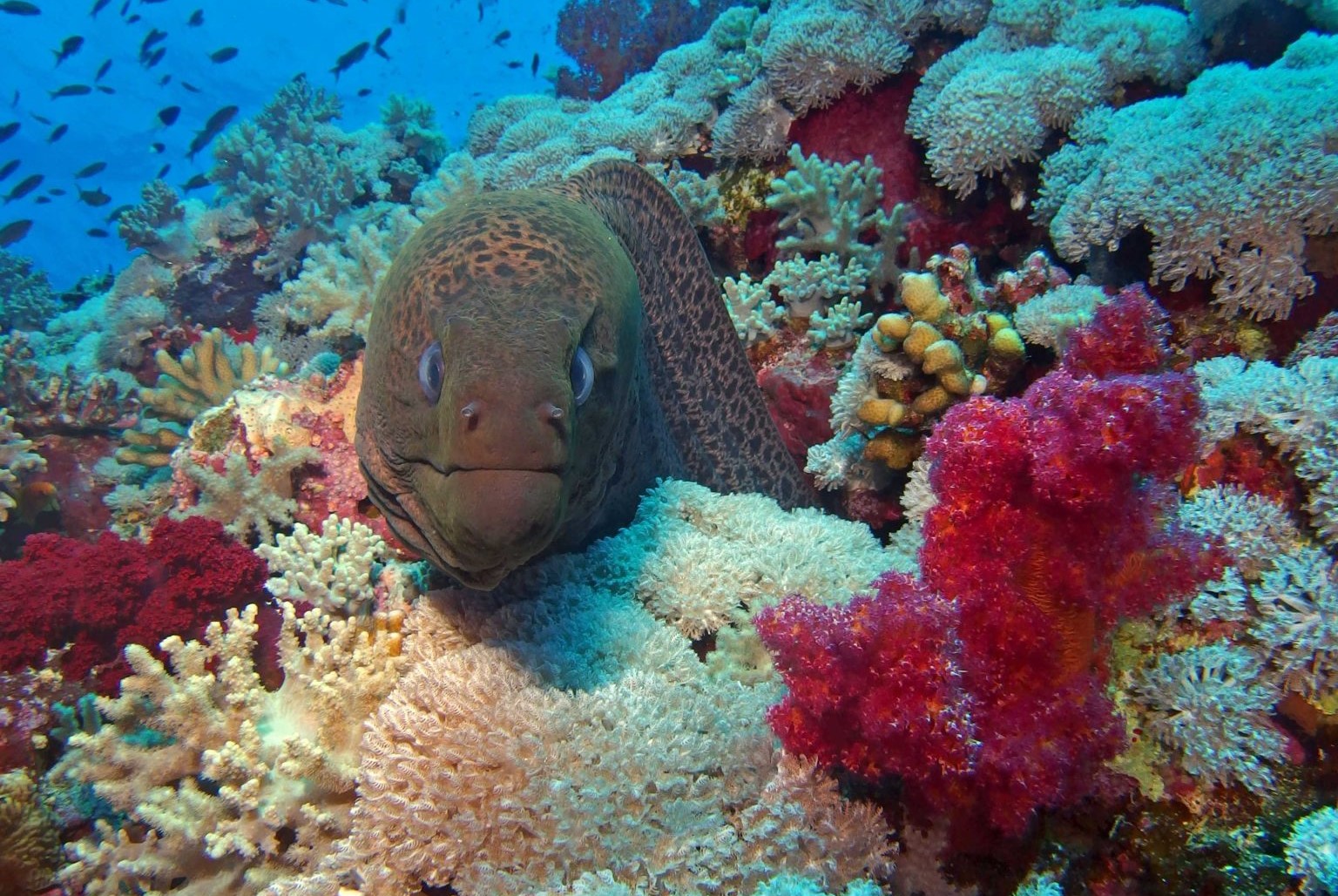
The week is open to snorkelers, scuba divers and non divers too!
Fury shoals is perfect for first time mariners as it offers plenty of protection from the weather.
We board at Port Ghaleb on Saturday evening and prepare to set sail early on Sunday morning.
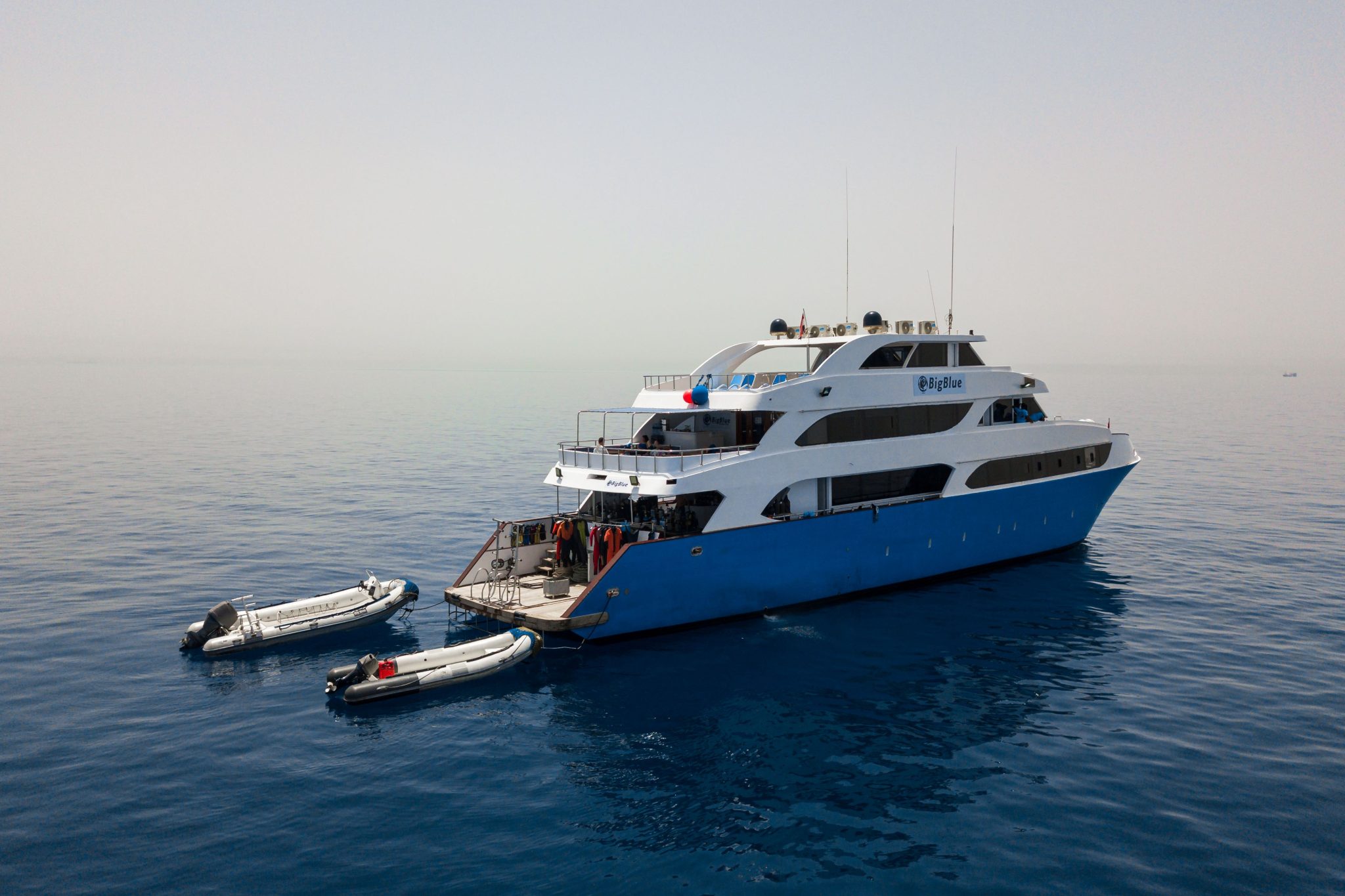
Heading south, our first day will be diving the reefs of Abu Dabbab before sailing overnight to reach our ultimate destination the Fury Shoals.
Here we will spend four days swimming, snorkelling and scuba diving amazing reefs. This includes guaranteed DOLPHIN encounters at Sataya Reef! After the last dive we haul anchor and head back to Abu Dabbab for our final two dives before disembarking our boat BIG BLUE.
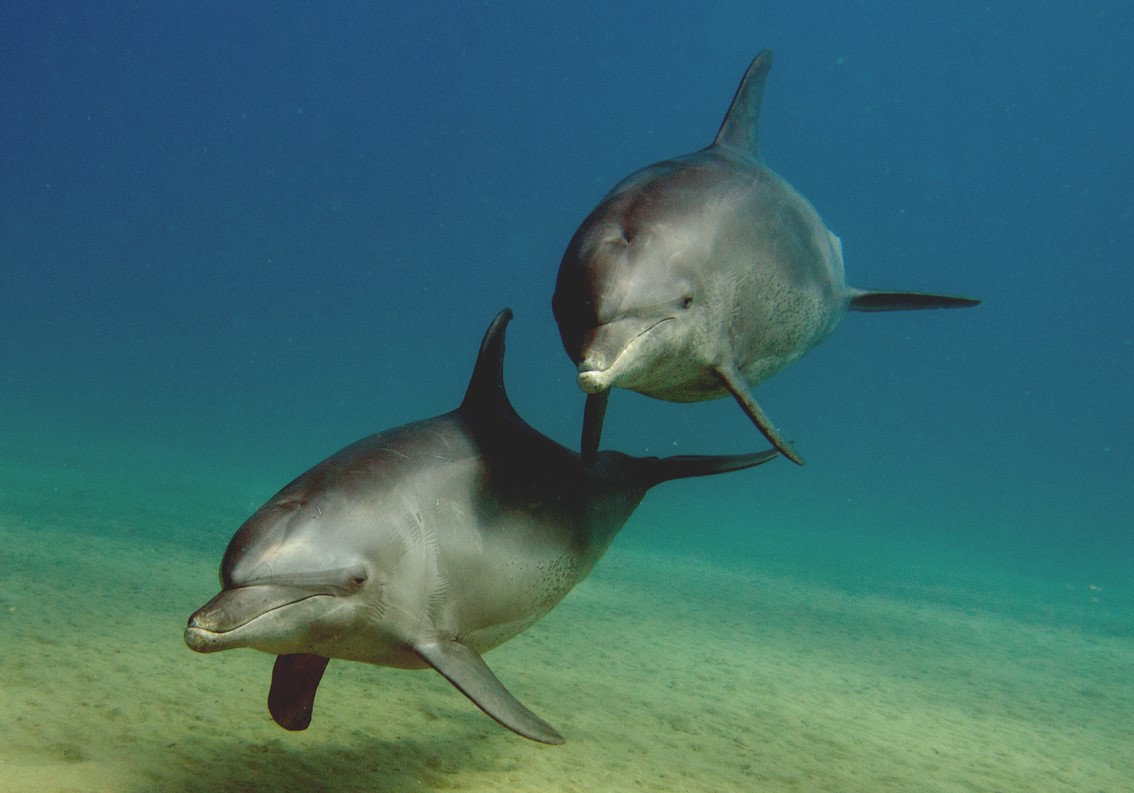
Camp Extension Cost*
Adult £650 per adult
Under 16 £350 per child
BOOK NOW: INFO@PHARAOHDIVECLUB.COM / TEL: +44 7598 329059 or +20 100 6822000
FURTHER INFORMATION – INFO@PHARAOHDIVECLUB.COM
TEL: +44 7598 329059 or +20 100 6822000
Blogs
Meet Pure Dive Resort: Your Gateway to Unforgettable Diving in Bali, Indonesia
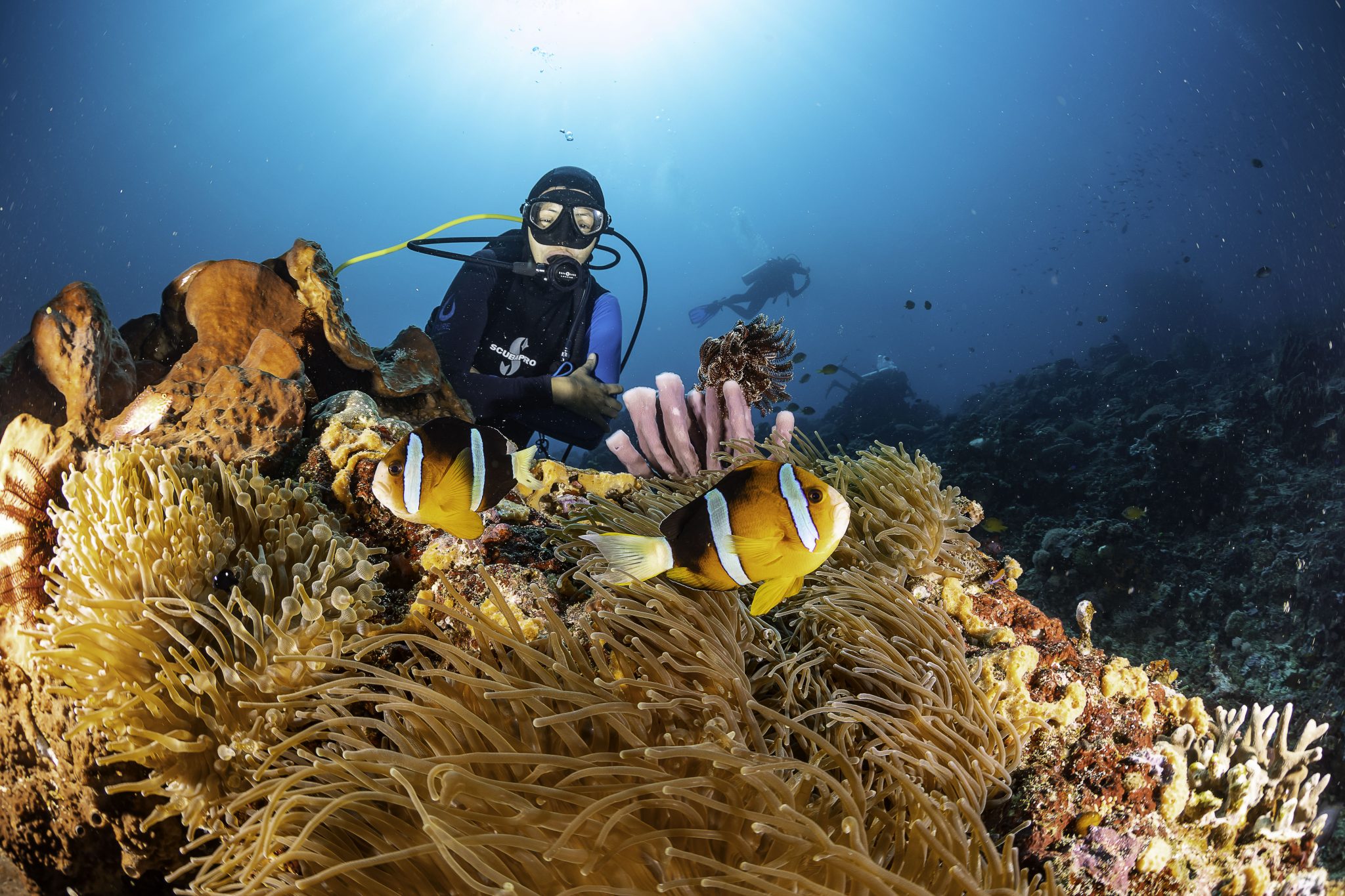
If you’re passionate about the underwater world, listen up! We’ve got an incredible opportunity for you to experience the vibrant reefs and majestic marine life of Nusa Penida, Bali, Indonesia.
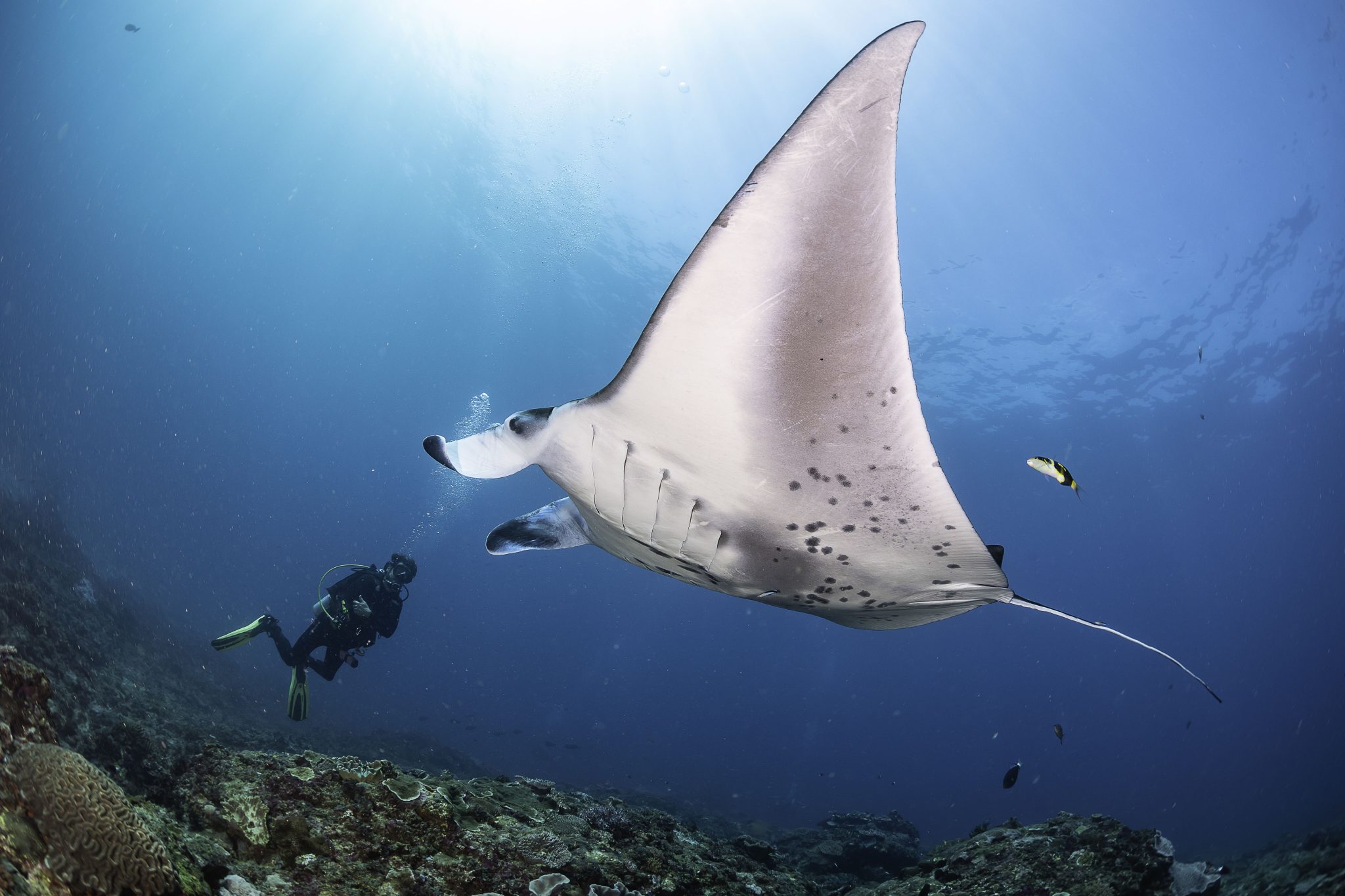
info@purediveresort.com / +62 811 3999852 / www.purediveresort.com
Pure Dive Resort isn’t just another dive centre; it’s a team of experts dedicated to providing world-class scuba diving and freediving adventures around Nusa Penida, Lembongan, Ceningan, and even Bali.
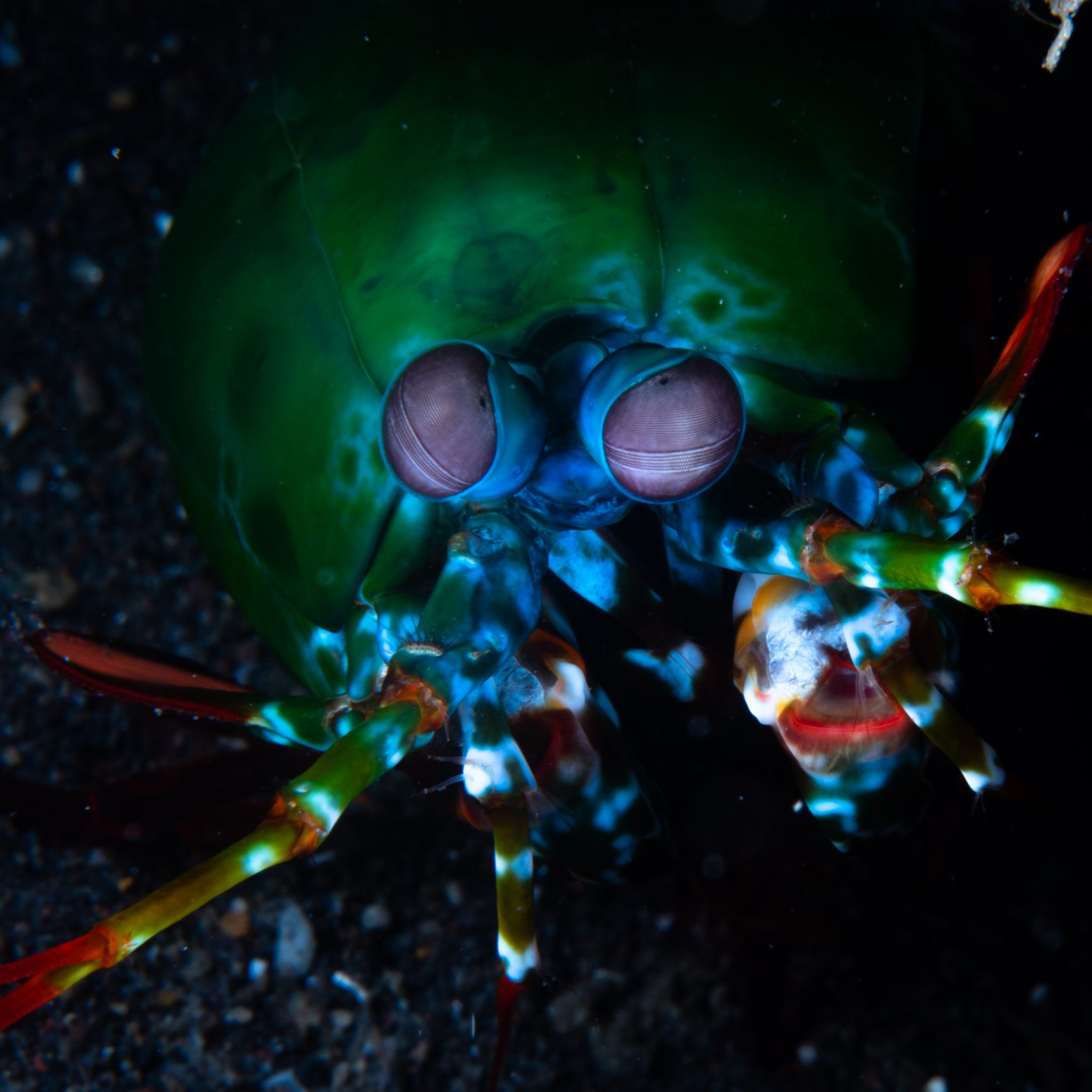
info@purediveresort.com / +62 811 3999852 / www.purediveresort.com
Whether you’re a seasoned diver or completely new to the sport, Pure Dive Resort has something for you:
For certified Divers: Discover stunning dive sites, encounter manta rays, seasonal mola-mola (sunfish), and a dazzling array of marine life.
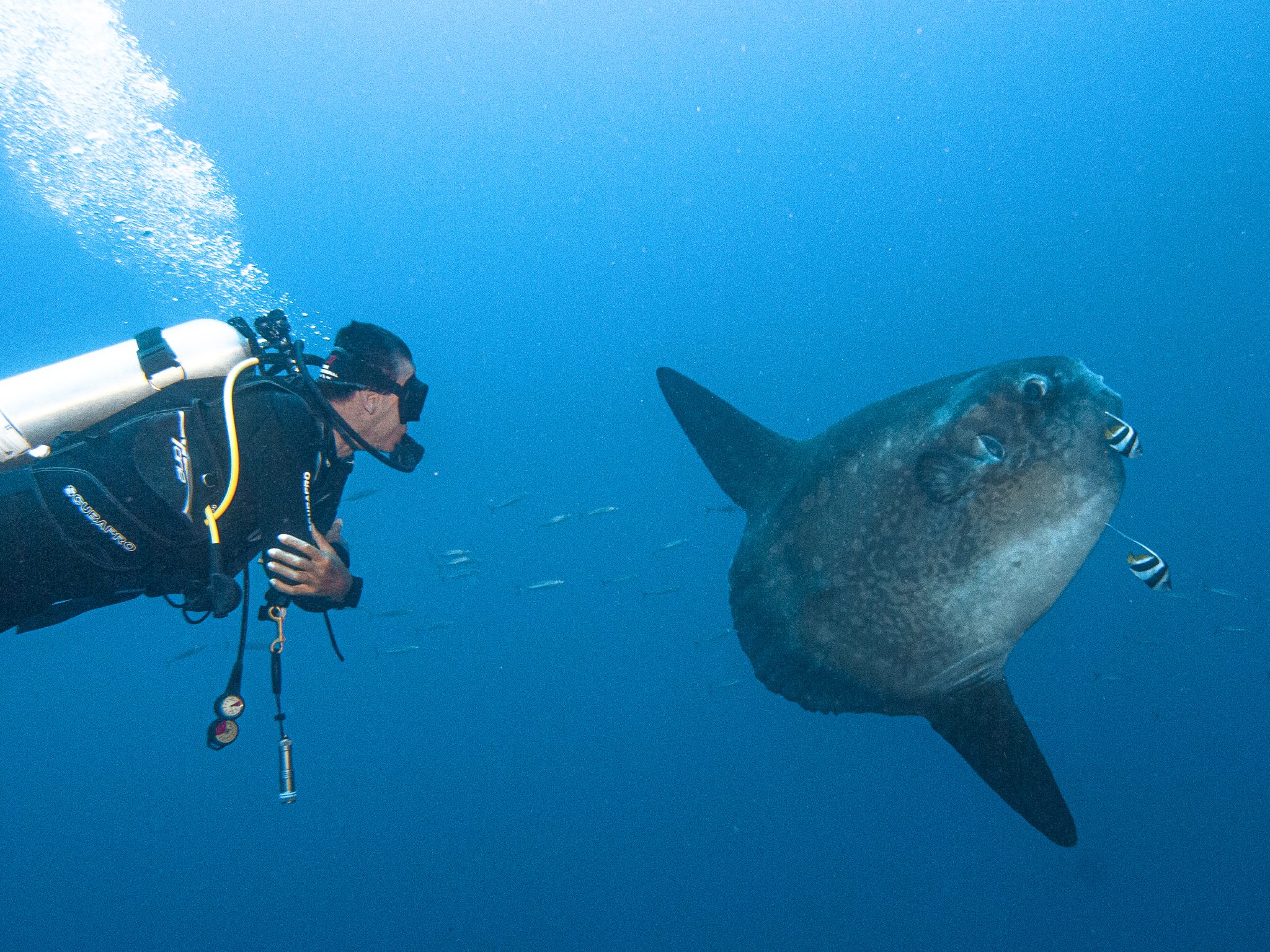
For beginners: Embark on your scuba journey with beginner programs like Try Scuba and Basic Diver, Open Water and Advanced certifications.
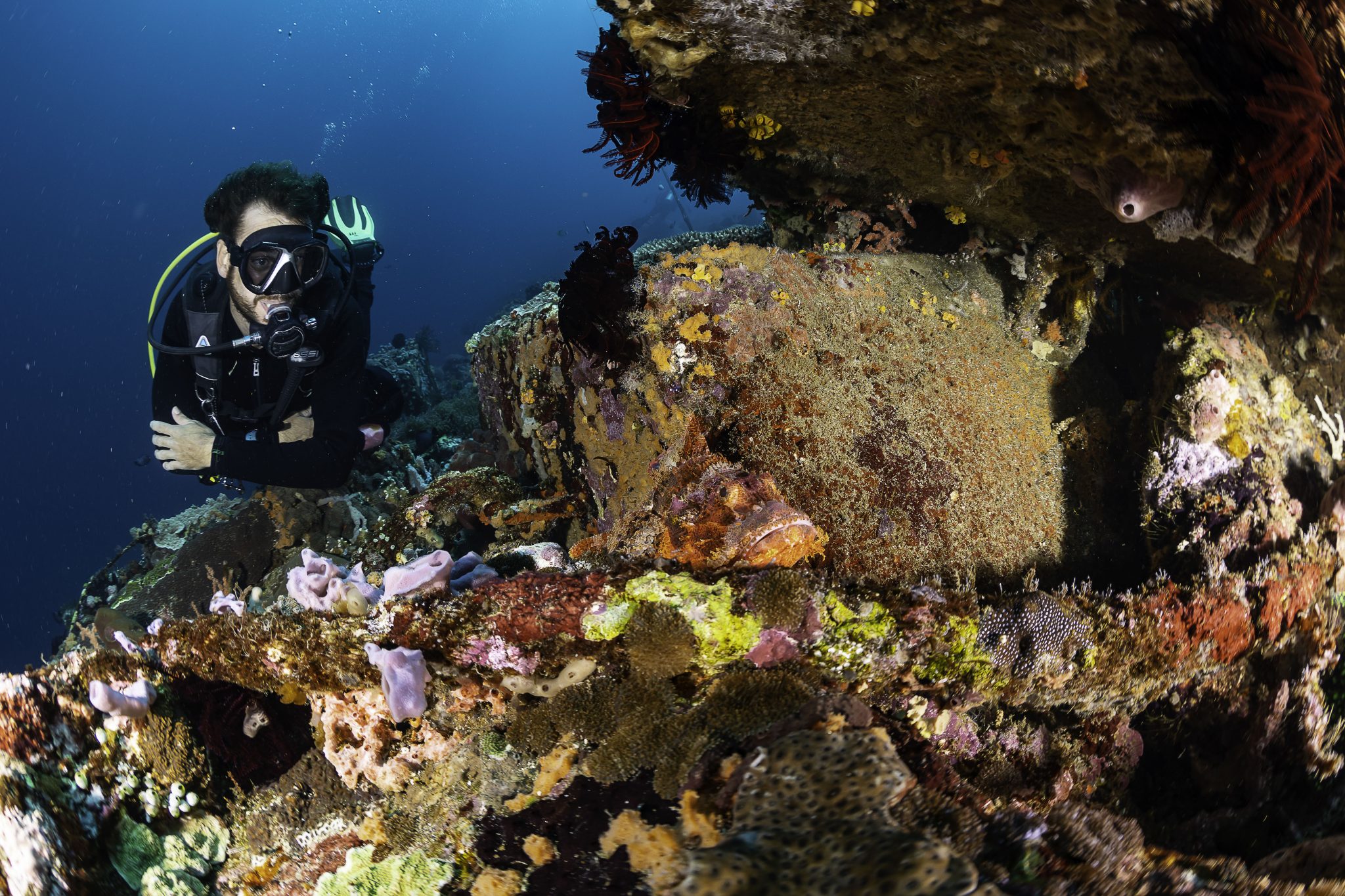
Freedivers: Explore the depths on a single breath with guided freediving experiences and courses.
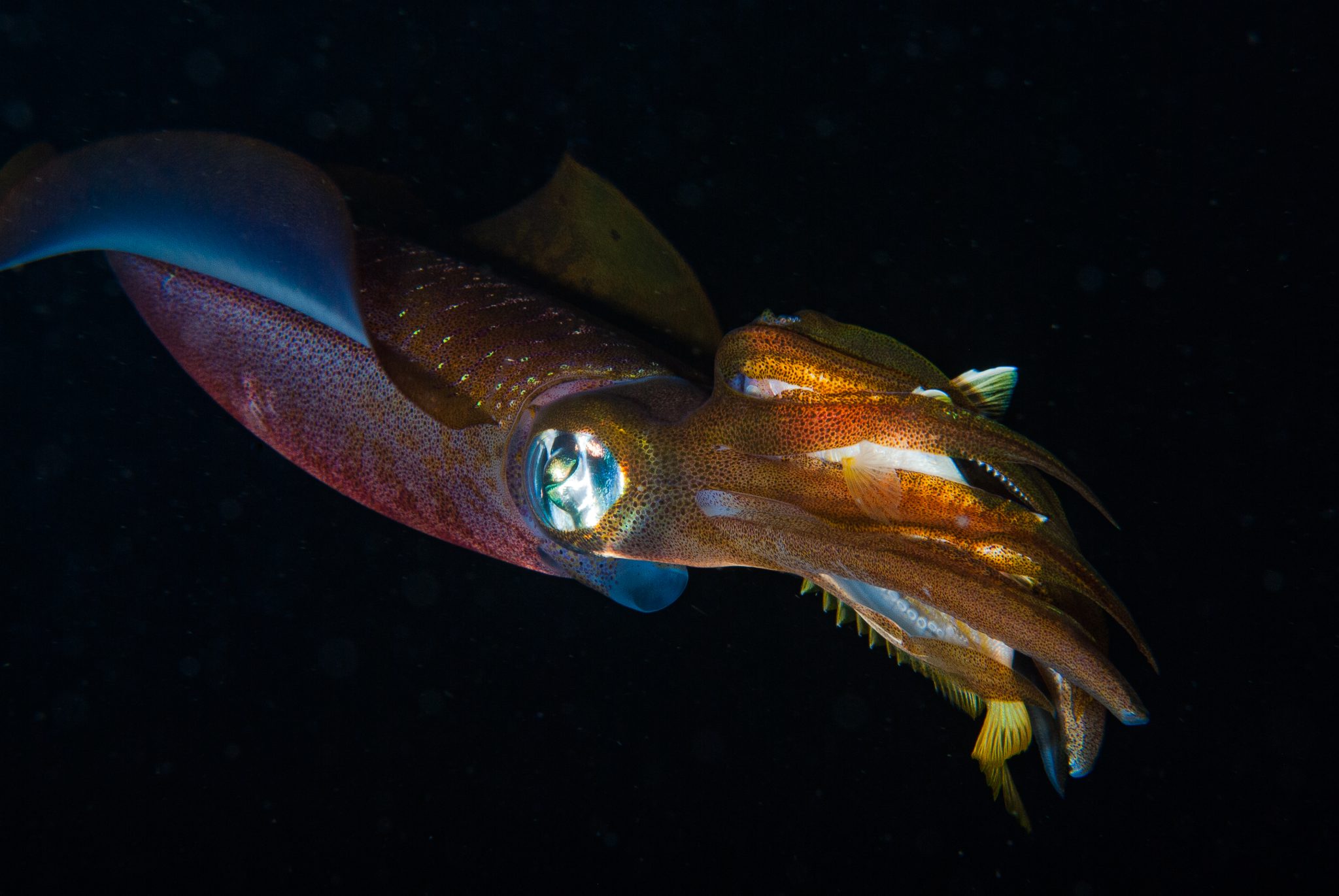
Exclusive Scubaverse Offer: Save on Your Next Adventure
As a valued Scubaverse follower, you get an exclusive 10% discount on any Dive & Stay or Learn & Stay package booked at Pure Dive Resort for 2024. Dive into the crystal-clear waters, explore breath-taking reefs, and create unforgettable memories in this diver’s paradise.
Visit https://www.purediveresort.com/package-offers/ to explore amazing packages and claim your discount with the code: SCUBAVERSE10
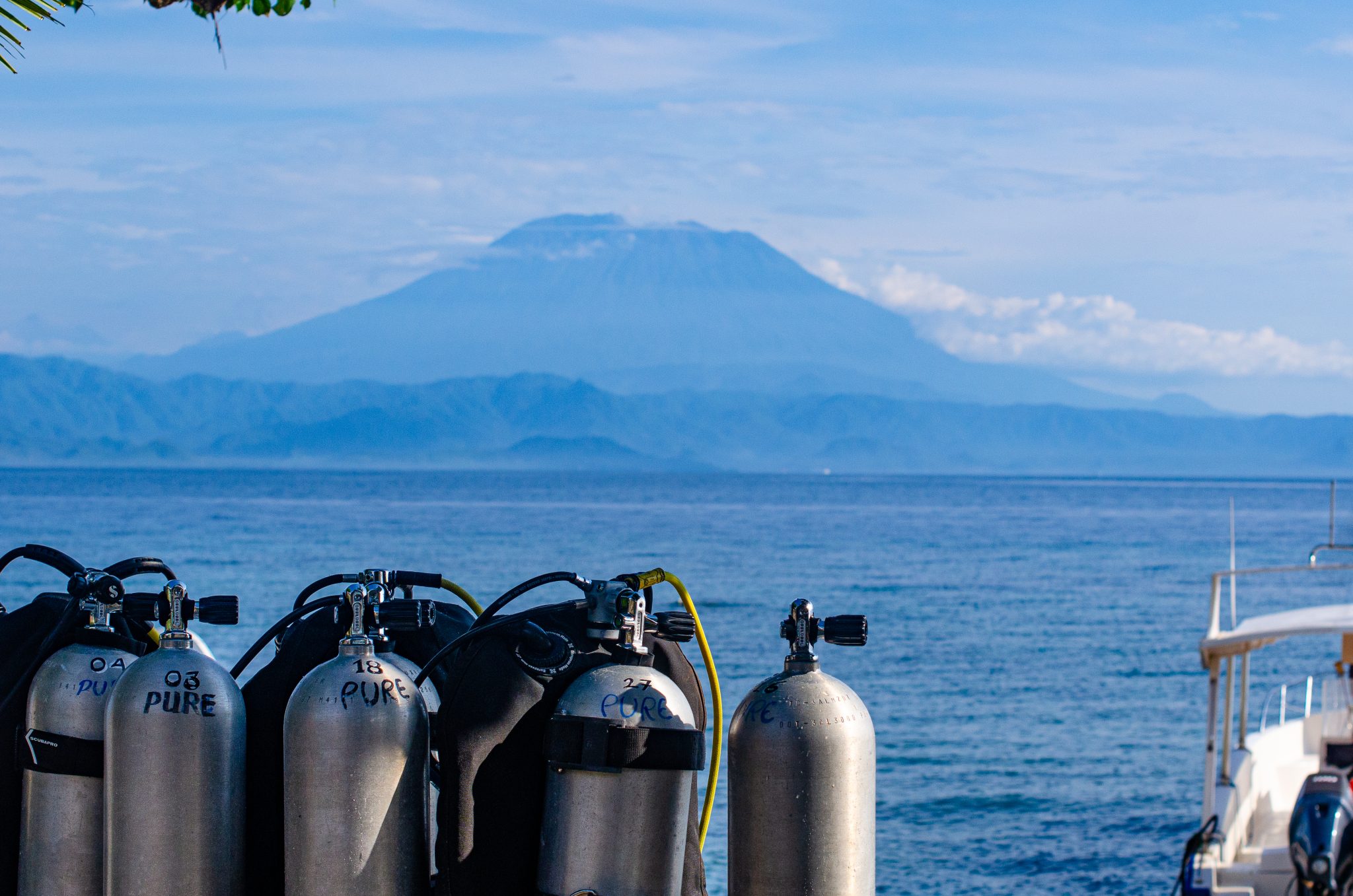
info@purediveresort.com / +62 811 3999852 / www.purediveresort.com
Ready to make a splash?
See you in Nusa Penida!
-
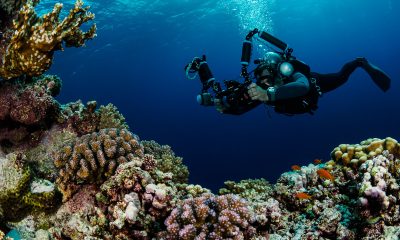
 News3 months ago
News3 months agoHone your underwater photography skills with Alphamarine Photography at Red Sea Diving Safari in March
-
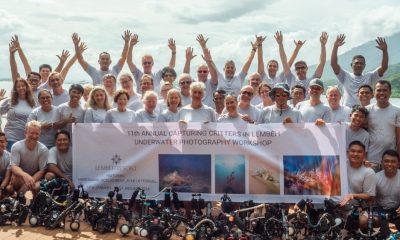
 News2 months ago
News2 months agoCapturing Critters in Lembeh Underwater Photography Workshop 2024: Event Roundup
-
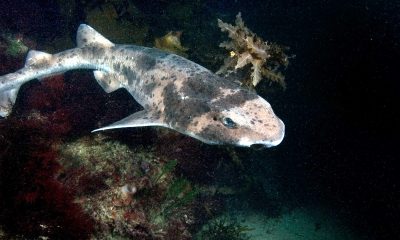
 Marine Life & Conservation Blogs2 months ago
Marine Life & Conservation Blogs2 months agoCreature Feature: Swell Sharks
-
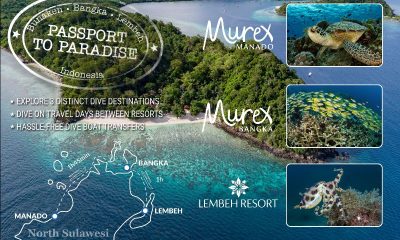
 Blogs2 months ago
Blogs2 months agoMurex Resorts: Passport to Paradise!
-
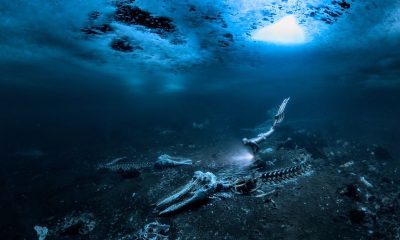
 Blogs2 months ago
Blogs2 months agoDiver Discovering Whale Skeletons Beneath Ice Judged World’s Best Underwater Photograph
-
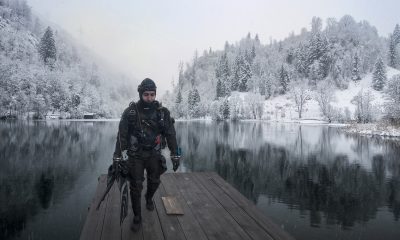
 Gear News3 months ago
Gear News3 months agoBare X-Mission Drysuit: Ideal for Both Technical and Recreational Divers
-
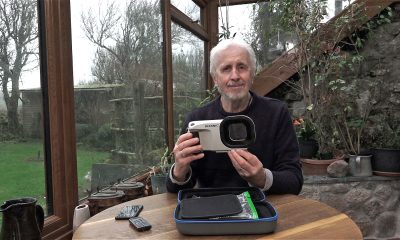
 Gear Reviews2 months ago
Gear Reviews2 months agoGear Review: Oceanic+ Dive Housing for iPhone
-
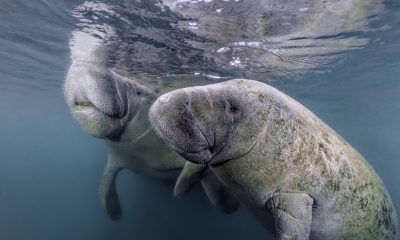
 Marine Life & Conservation2 months ago
Marine Life & Conservation2 months agoSave the Manatee Club launches brand new webcams at Silver Springs State Park, Florida





